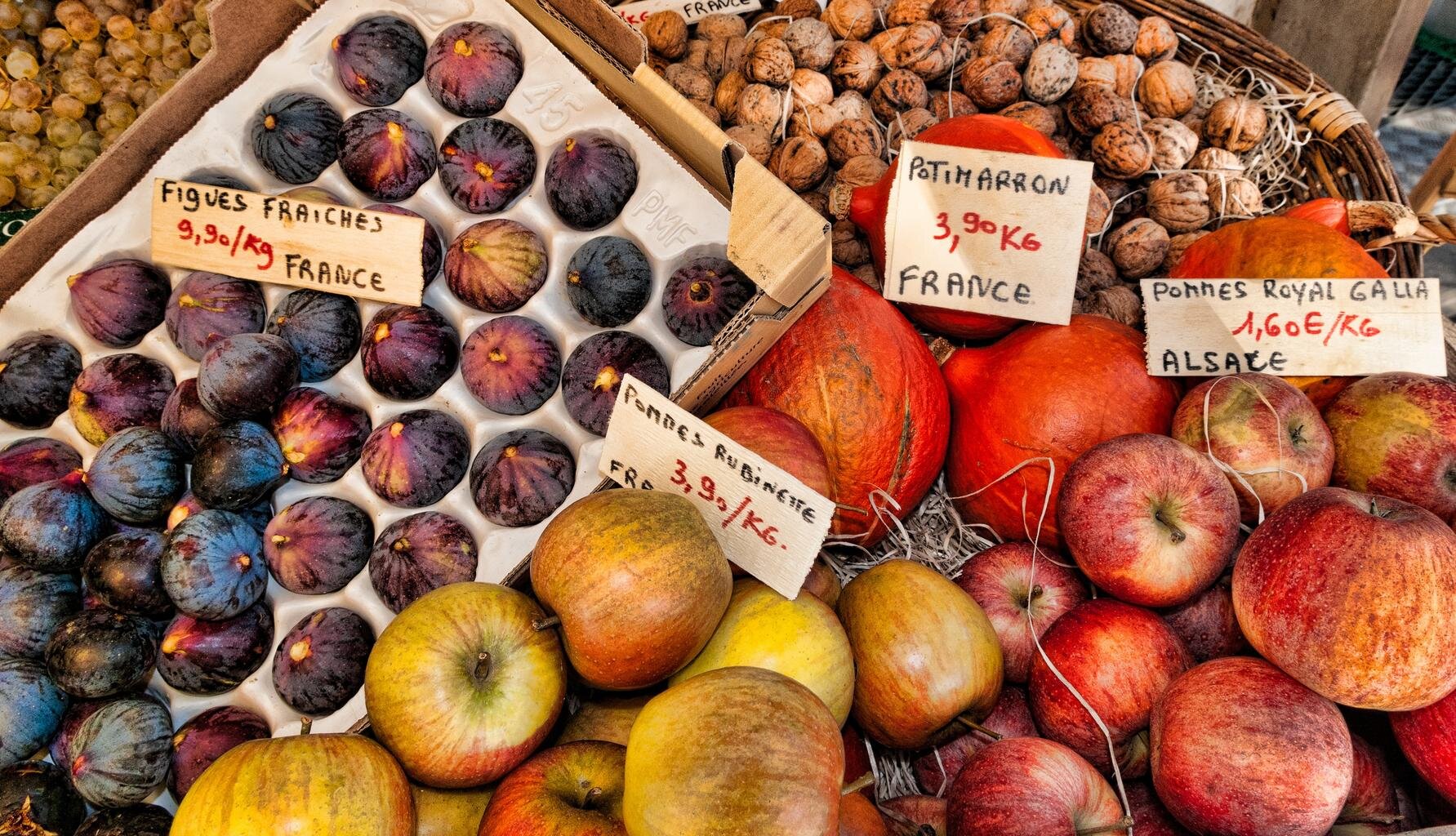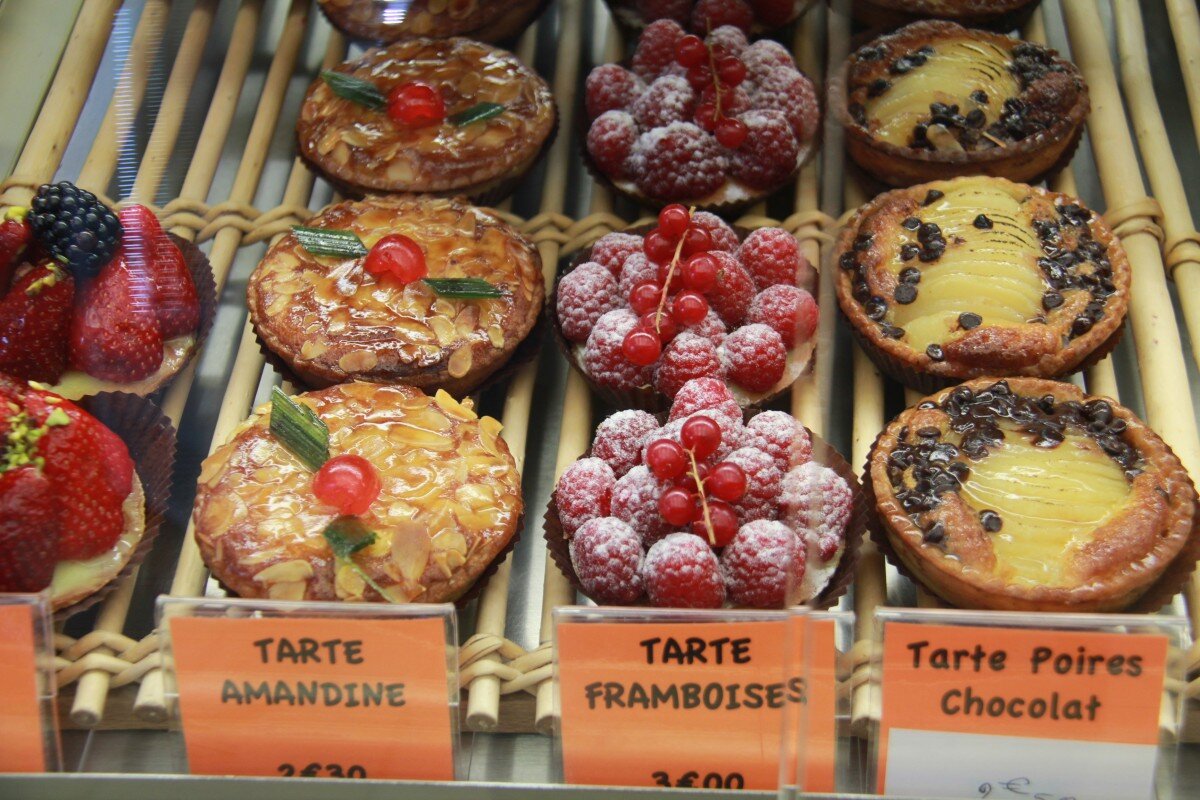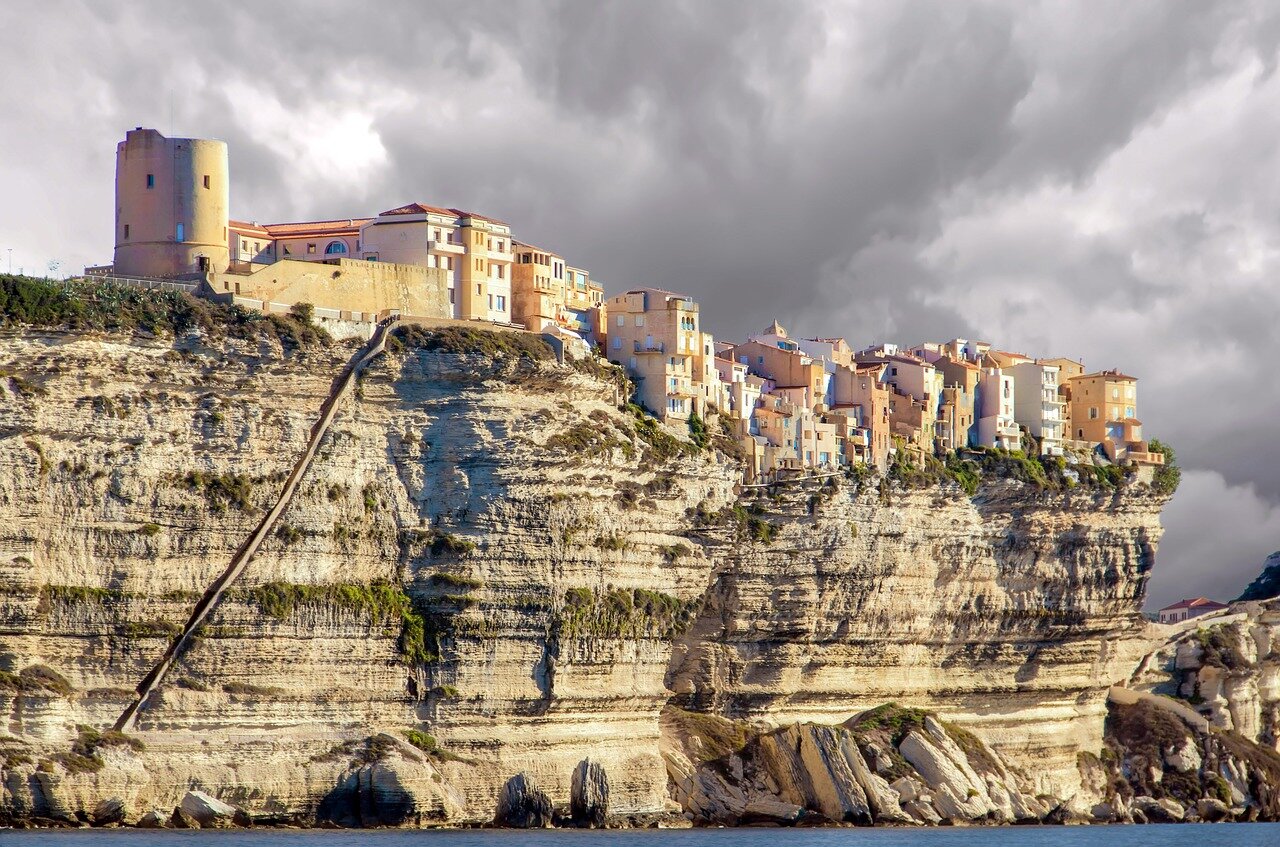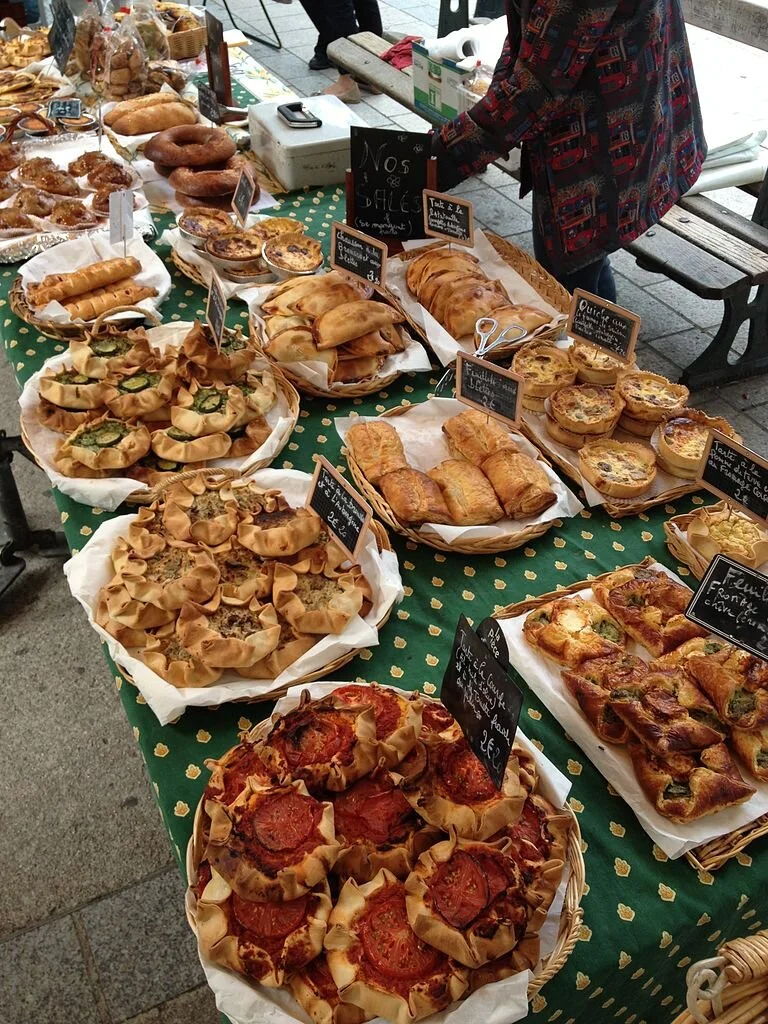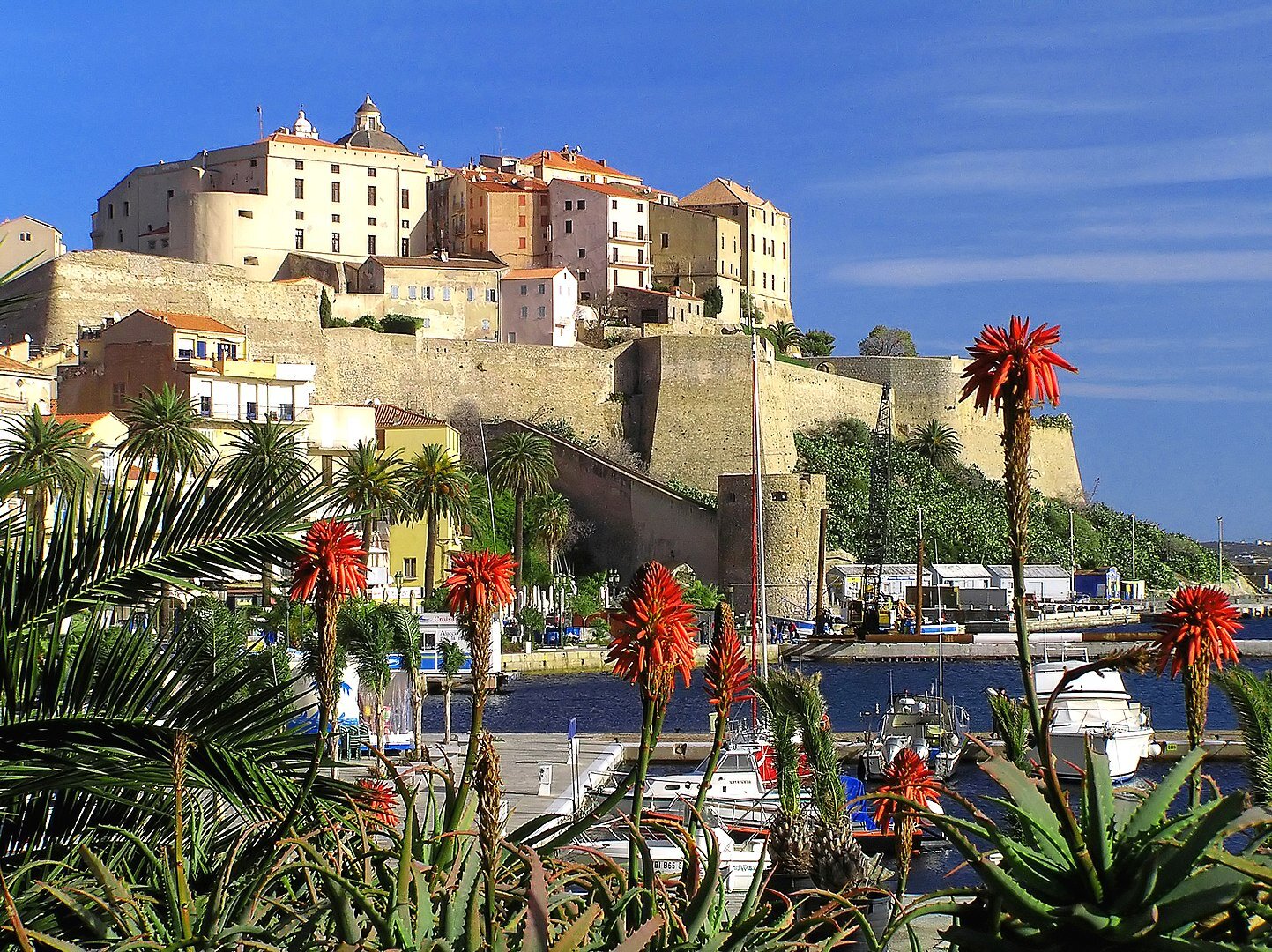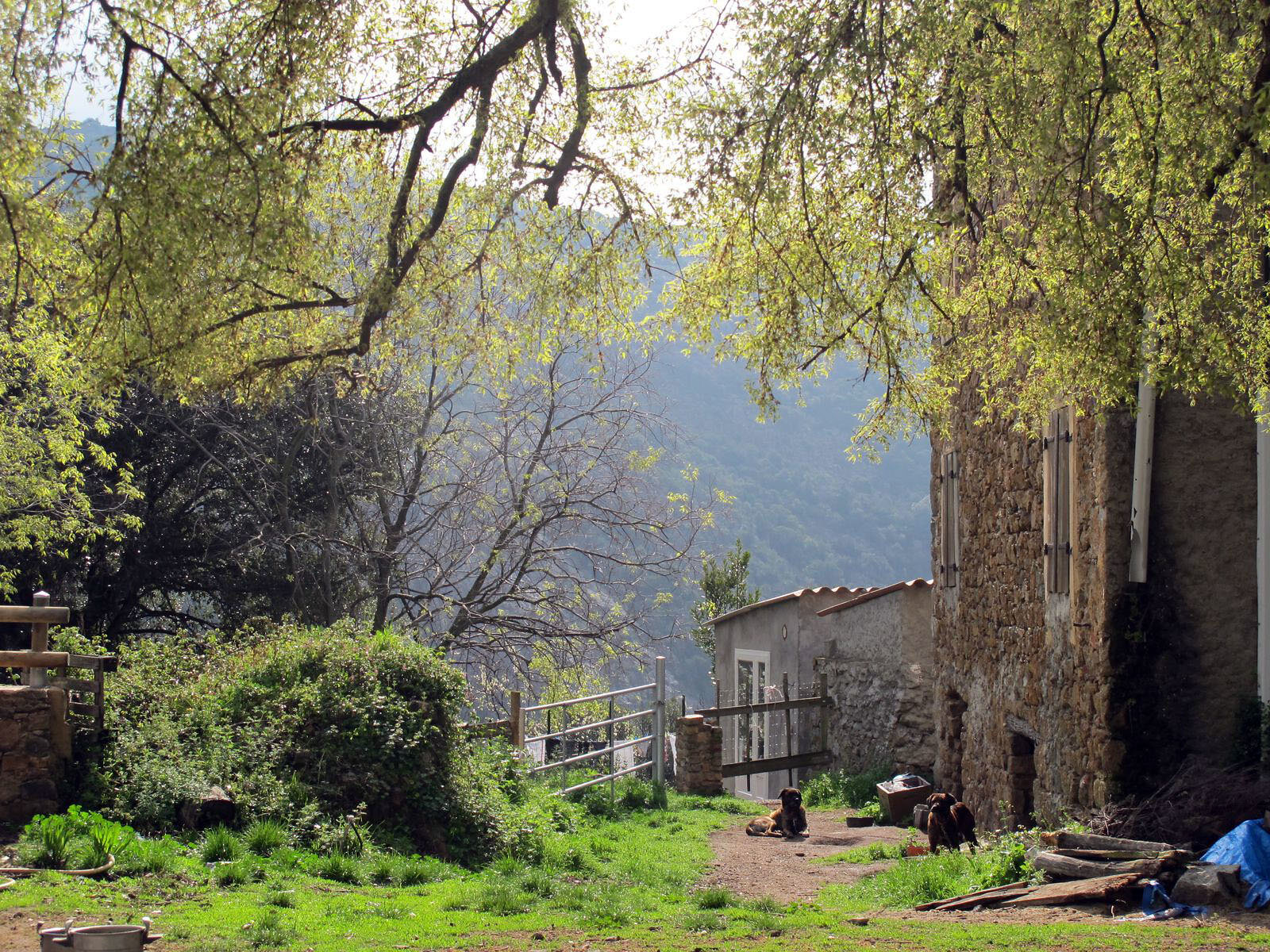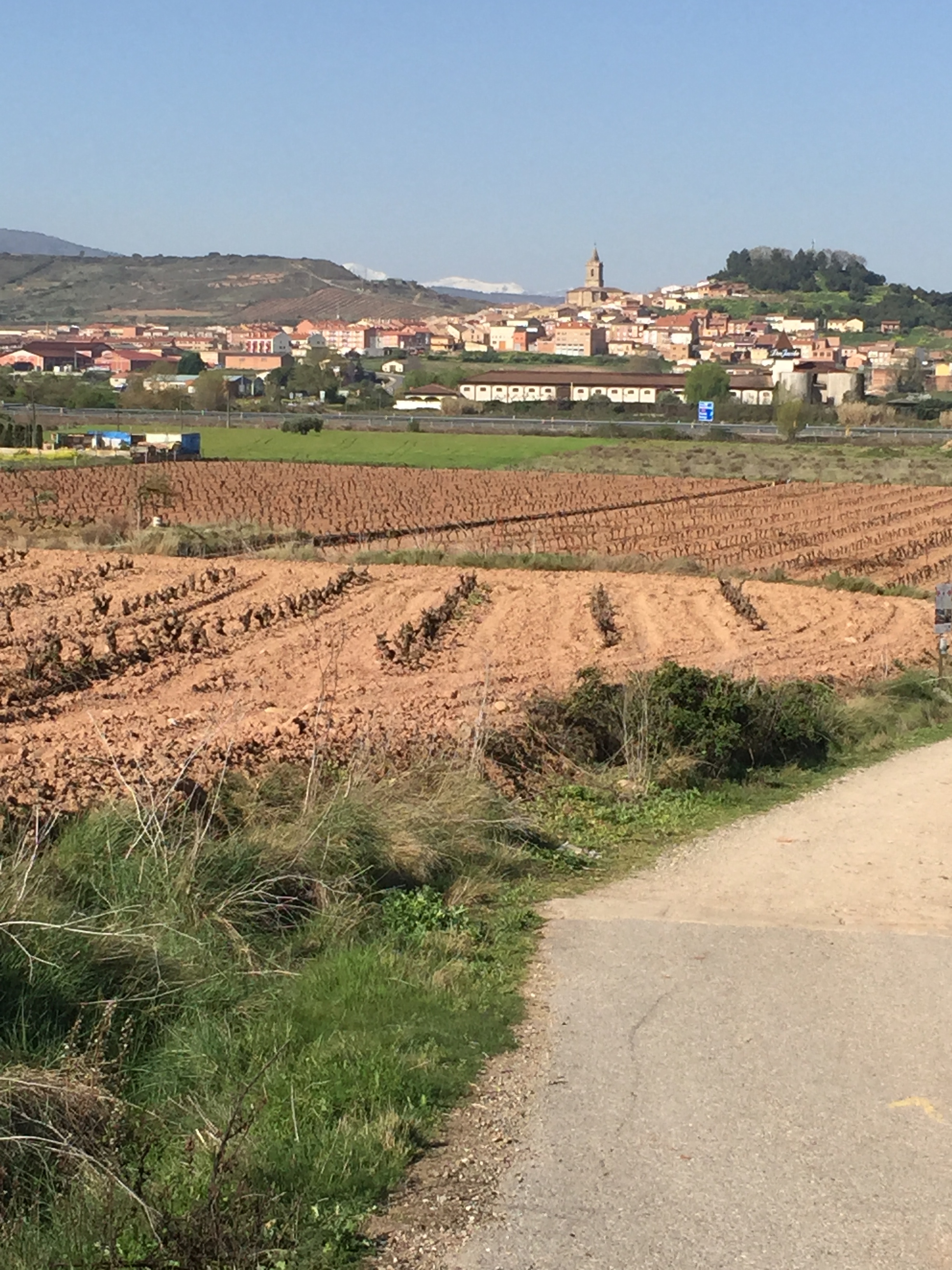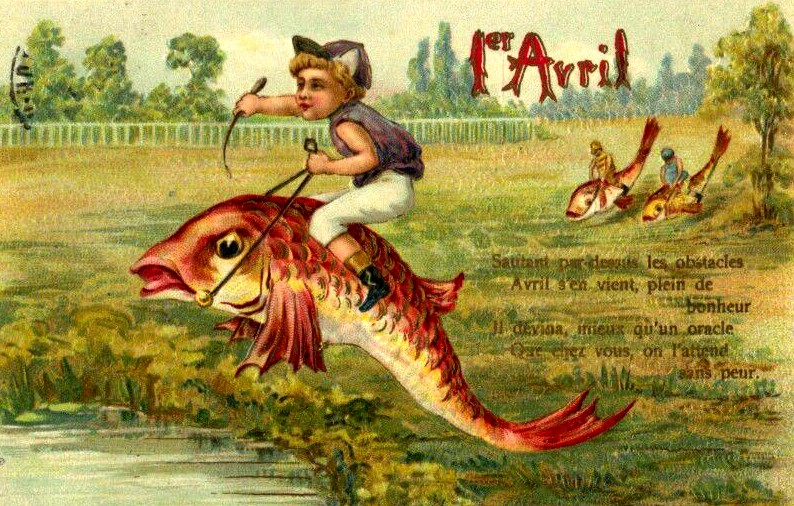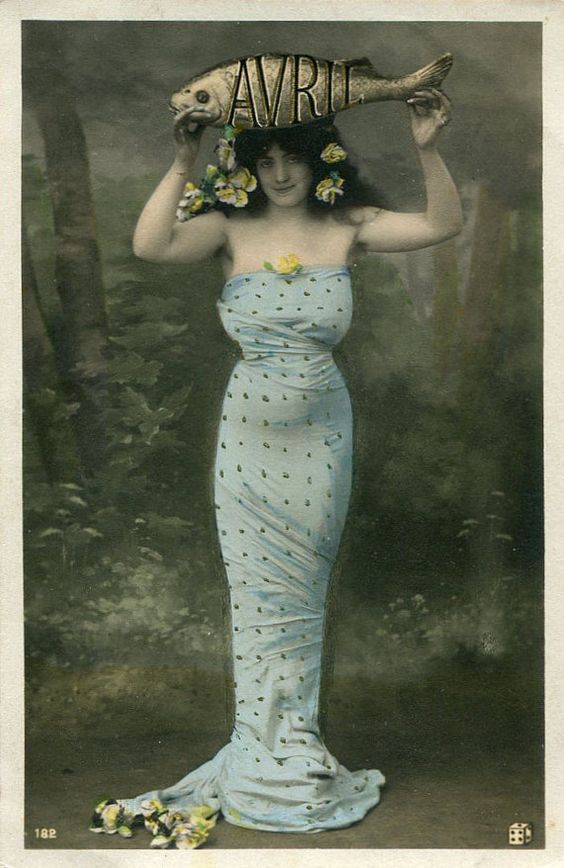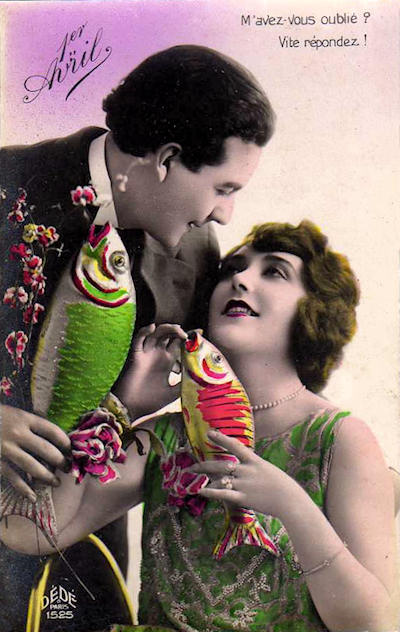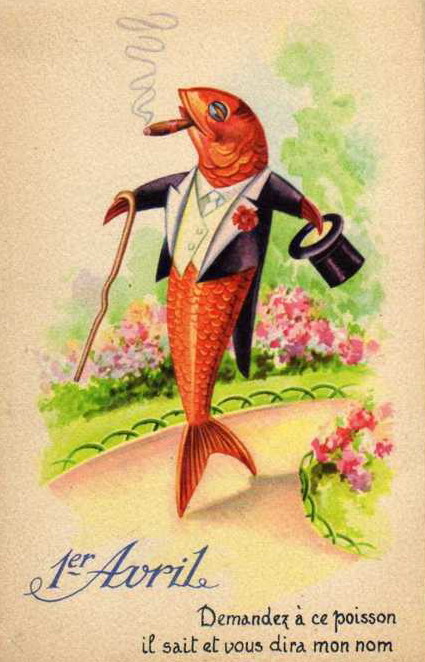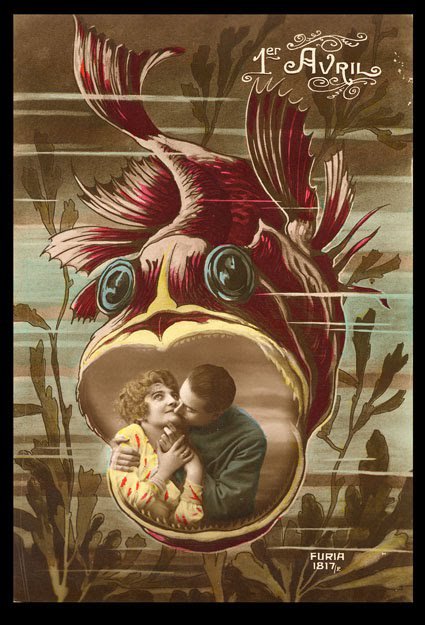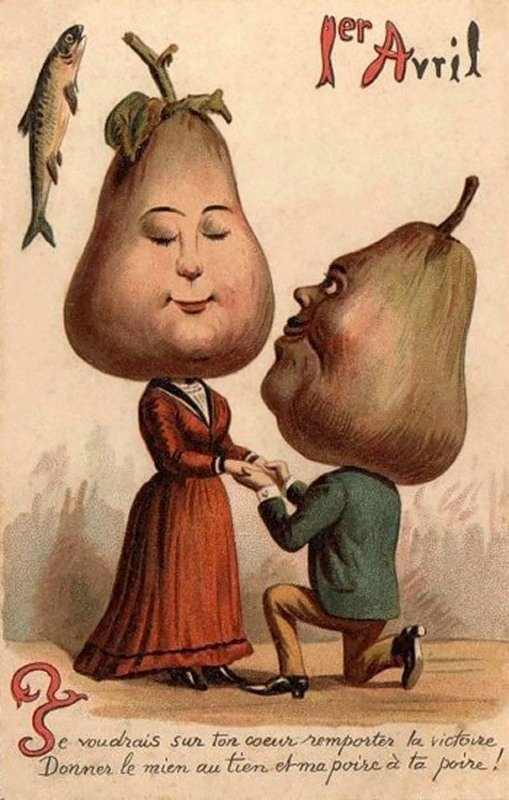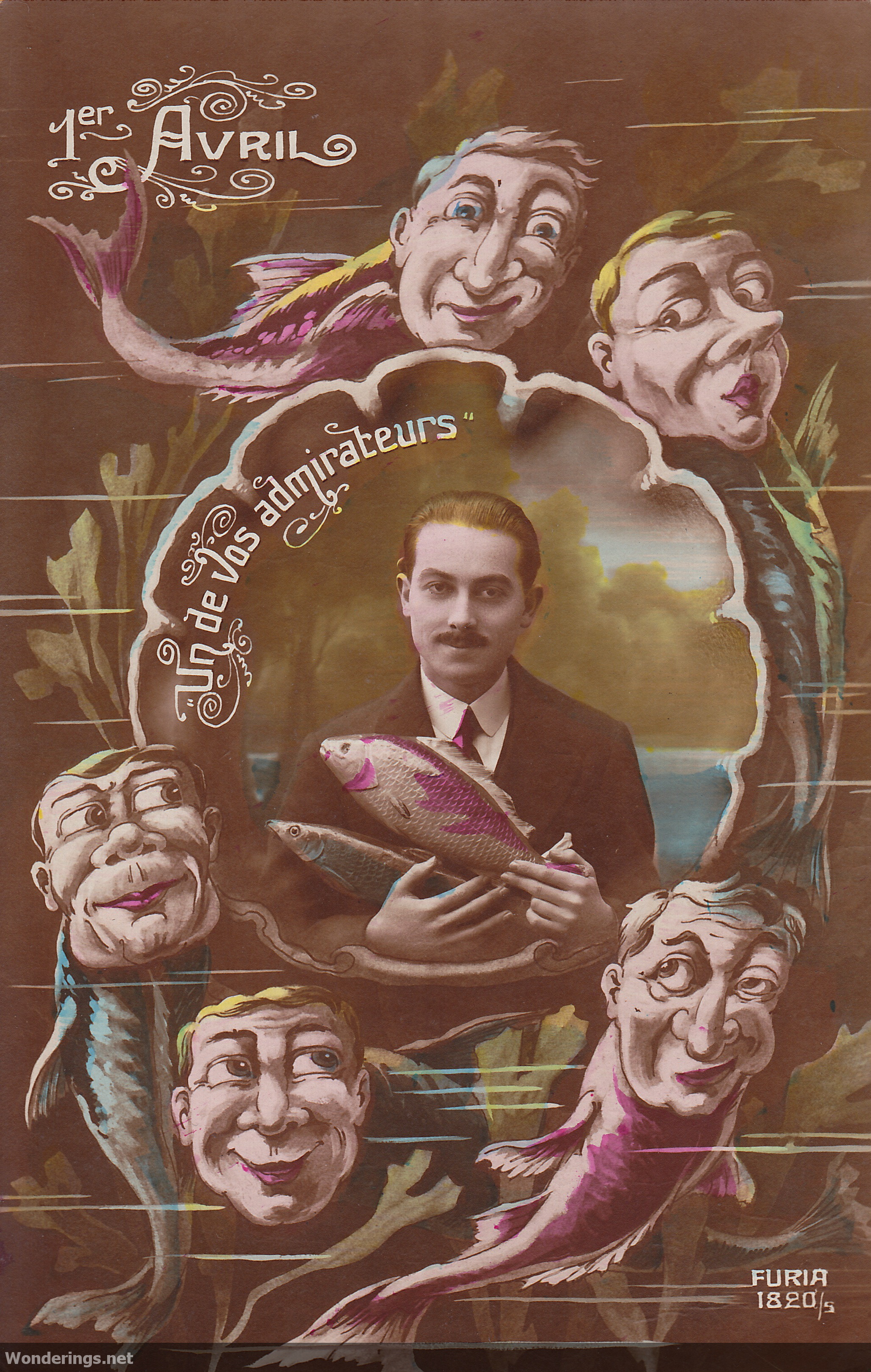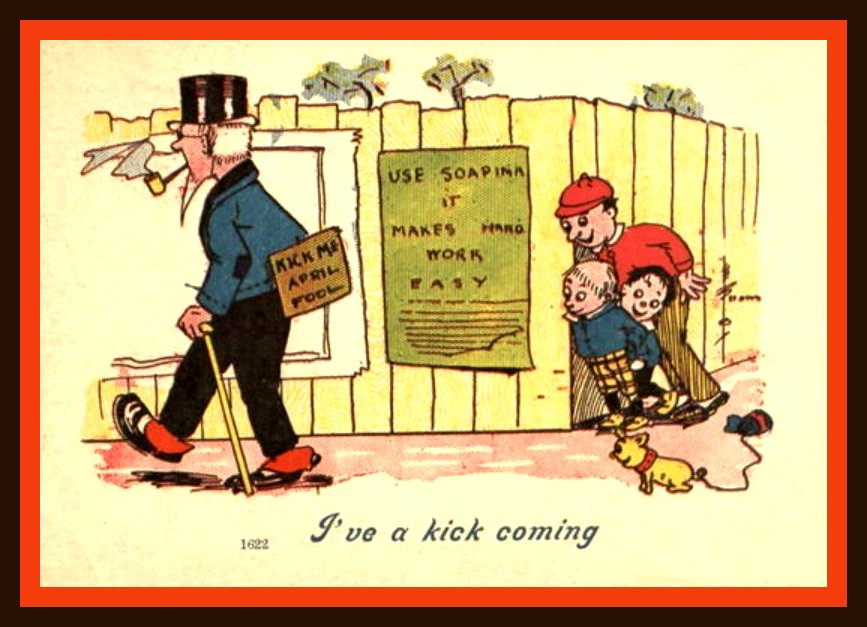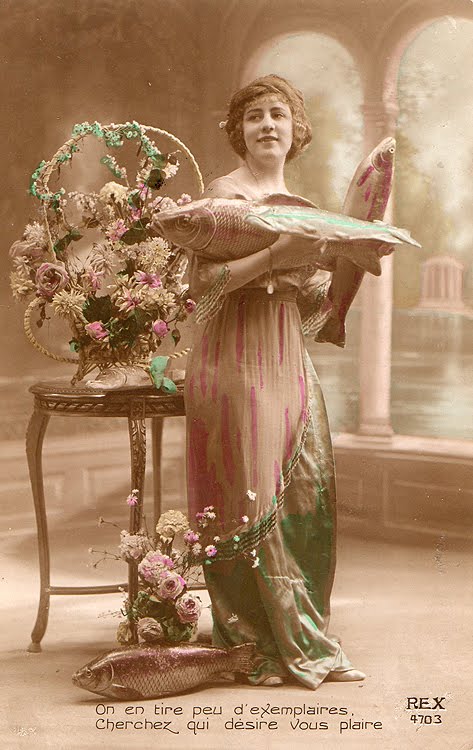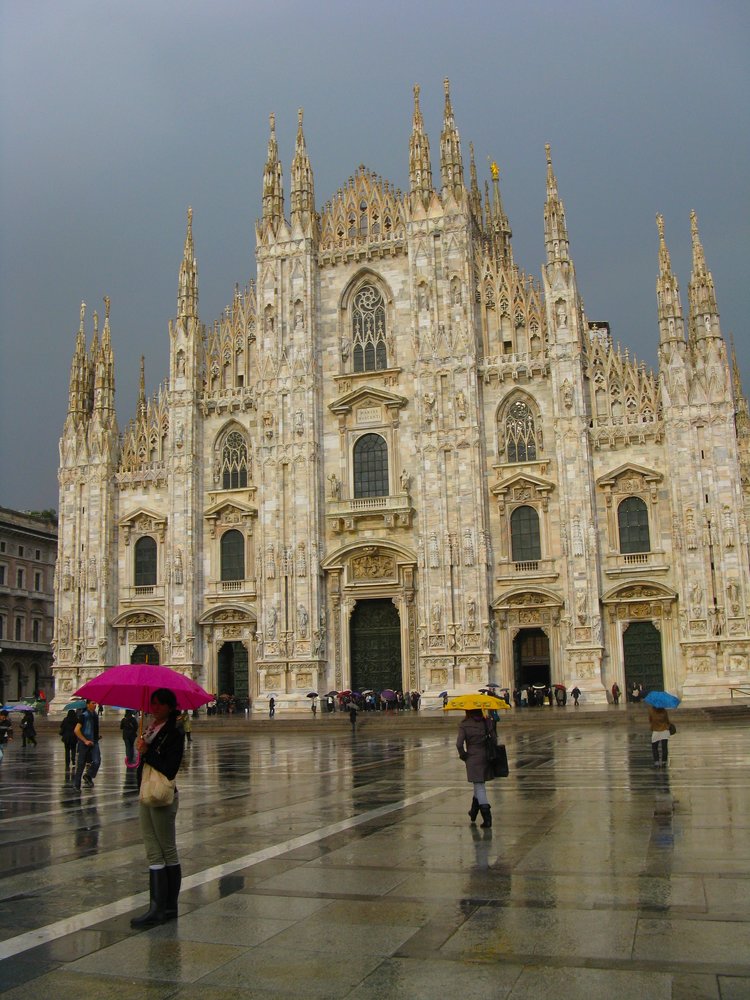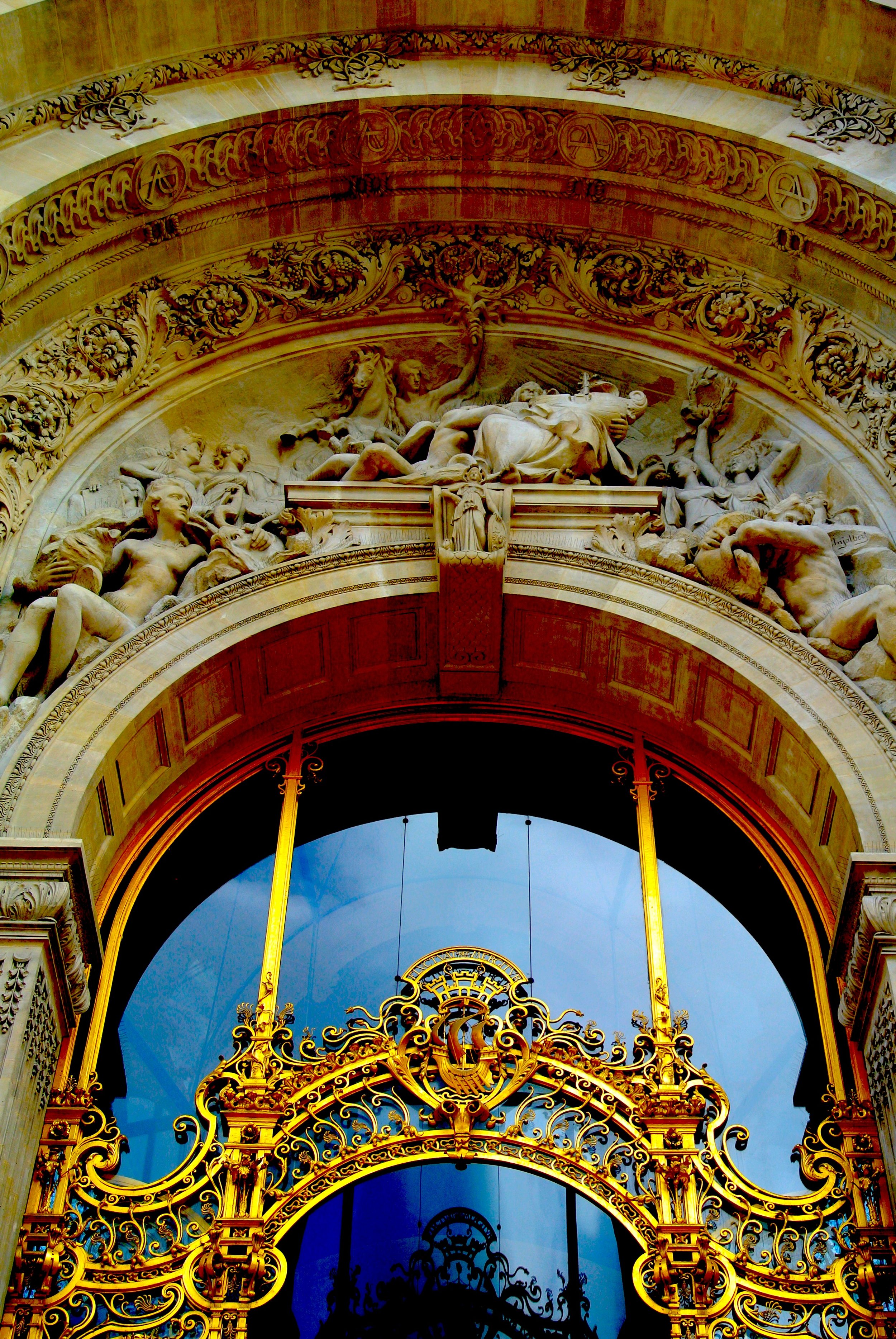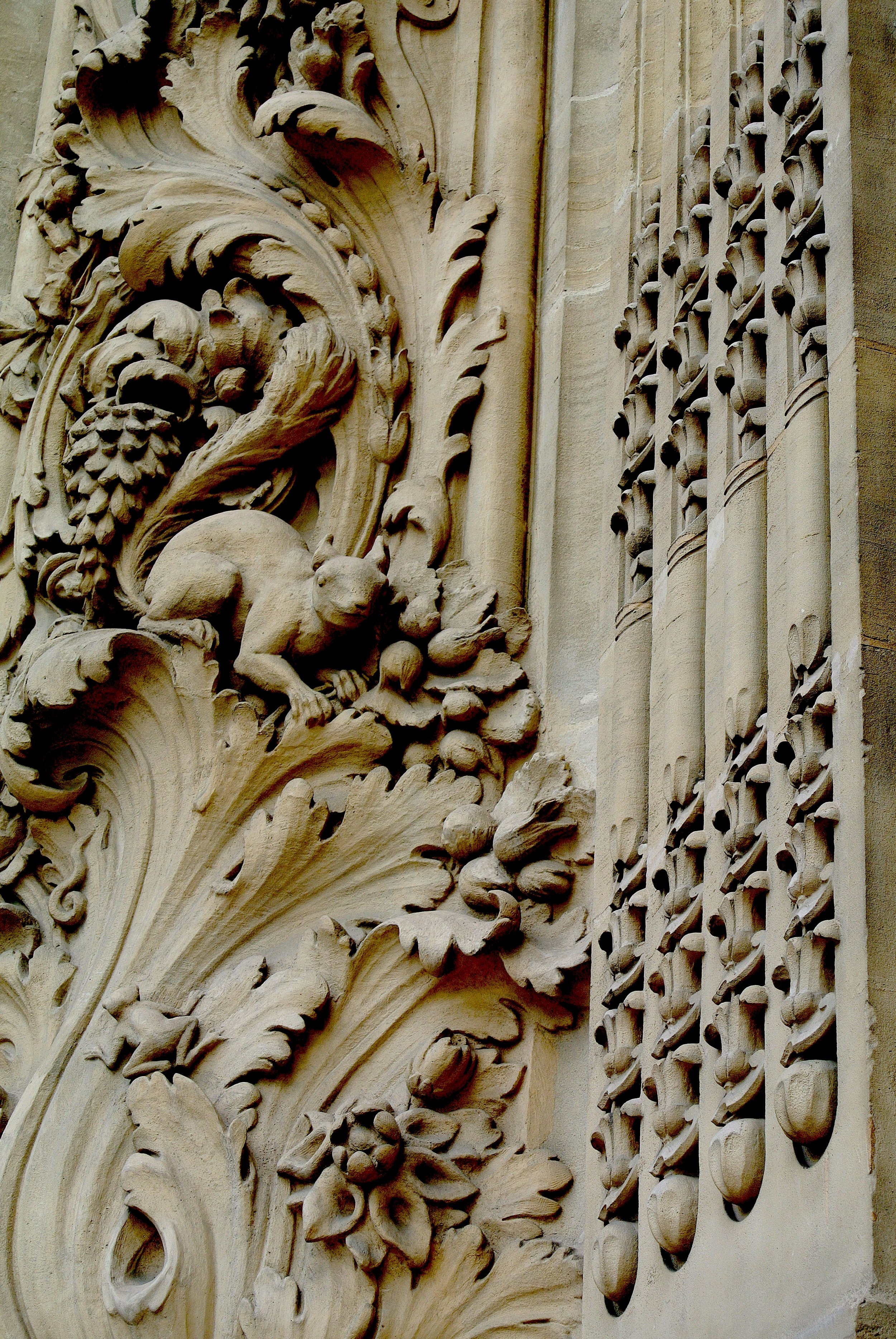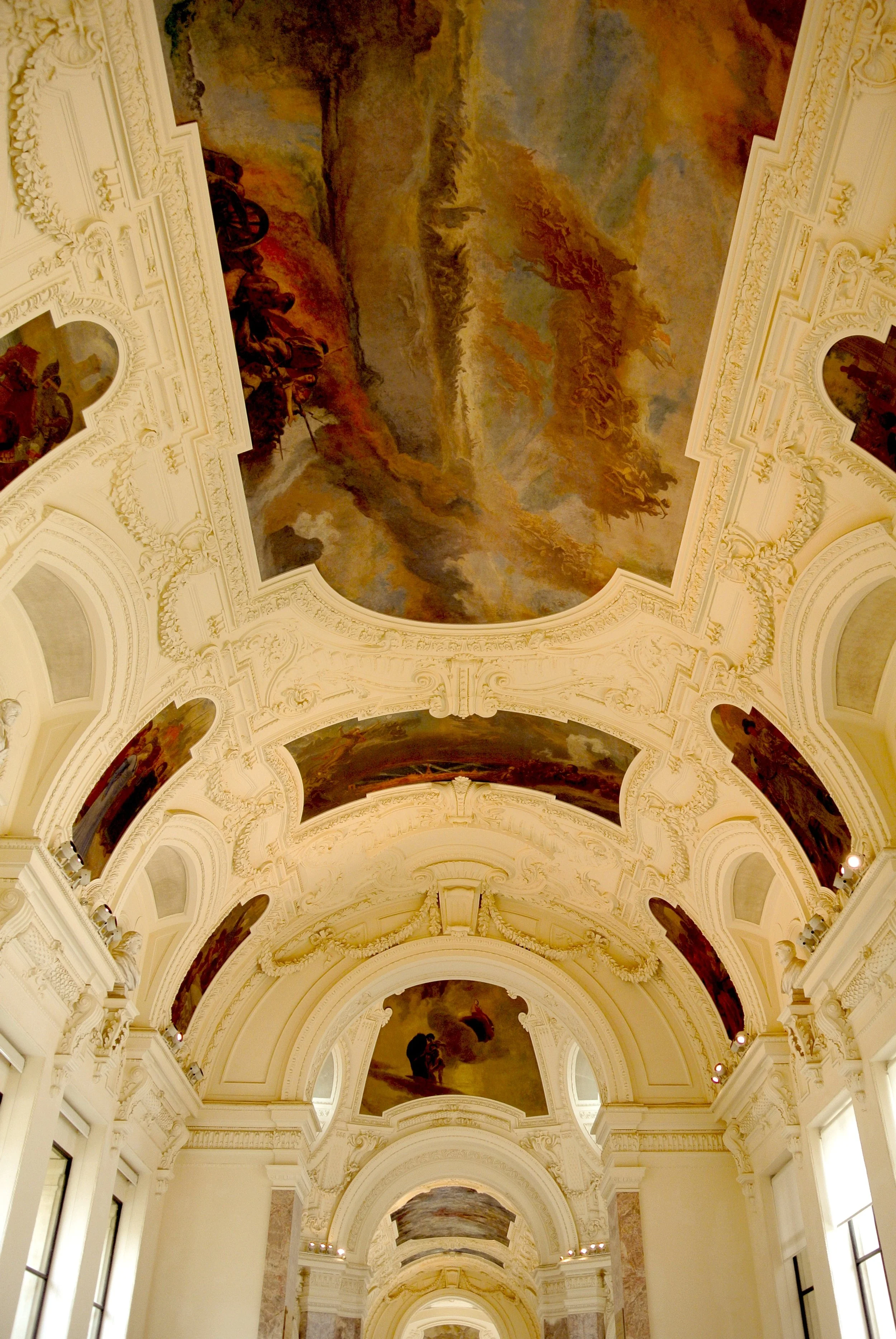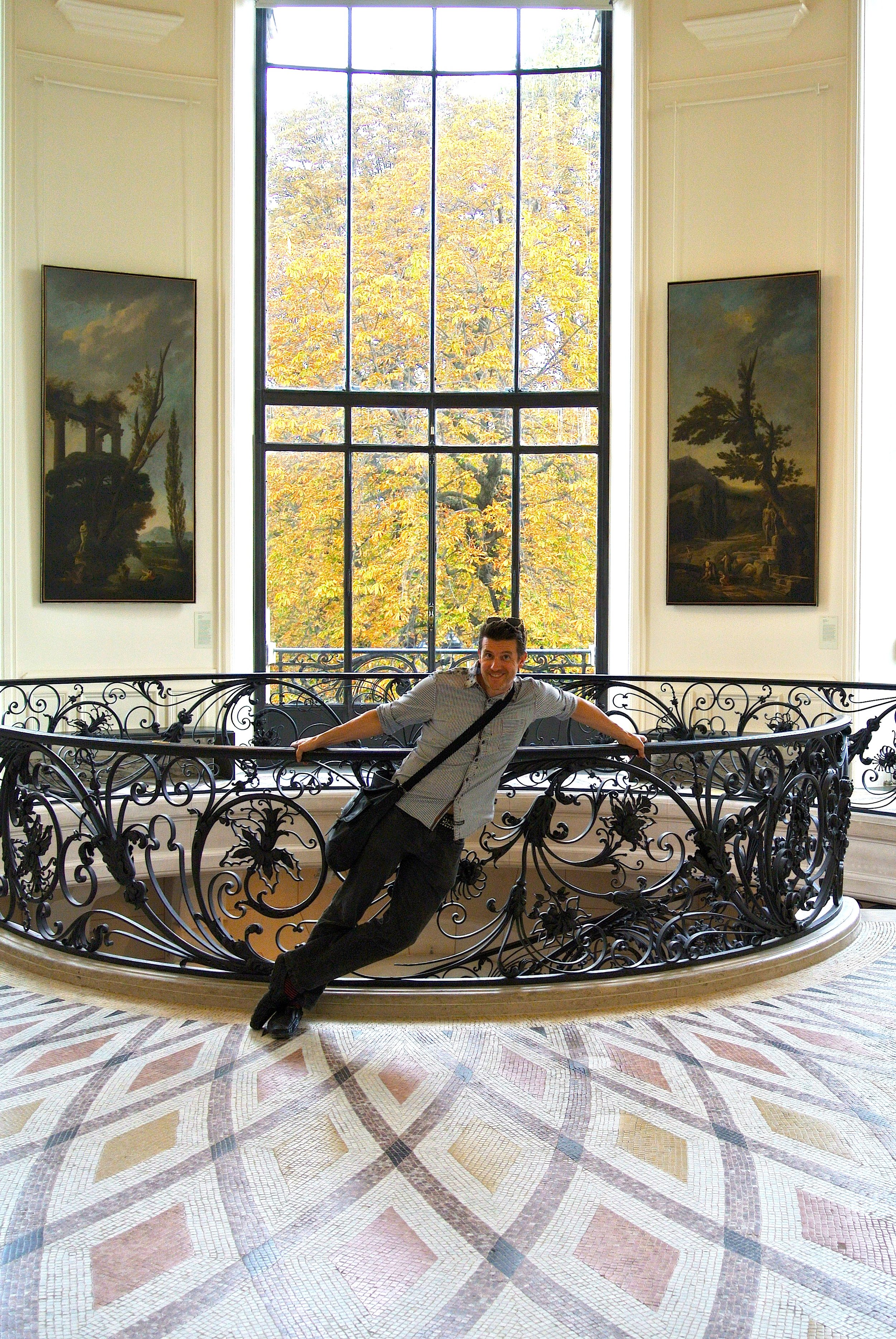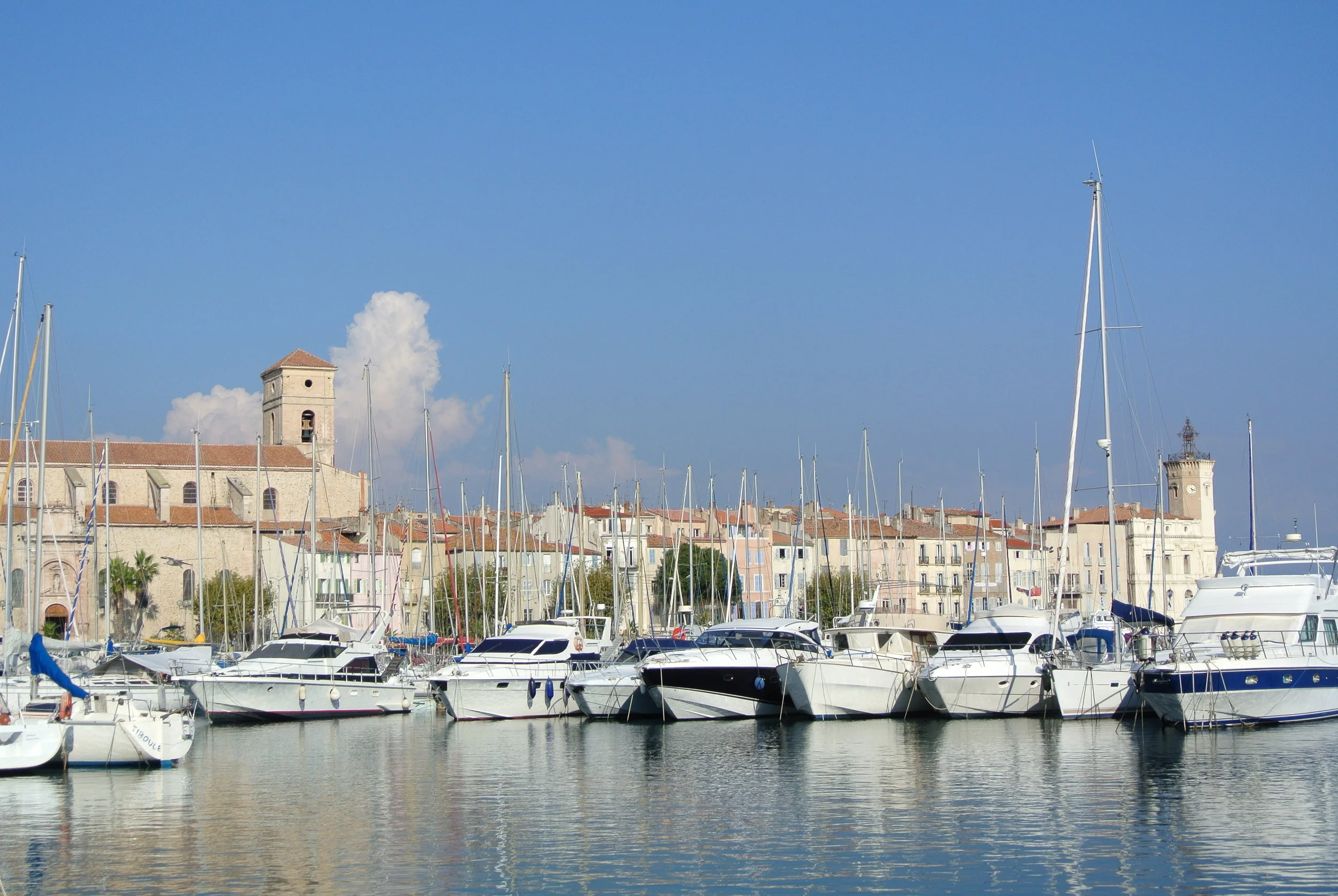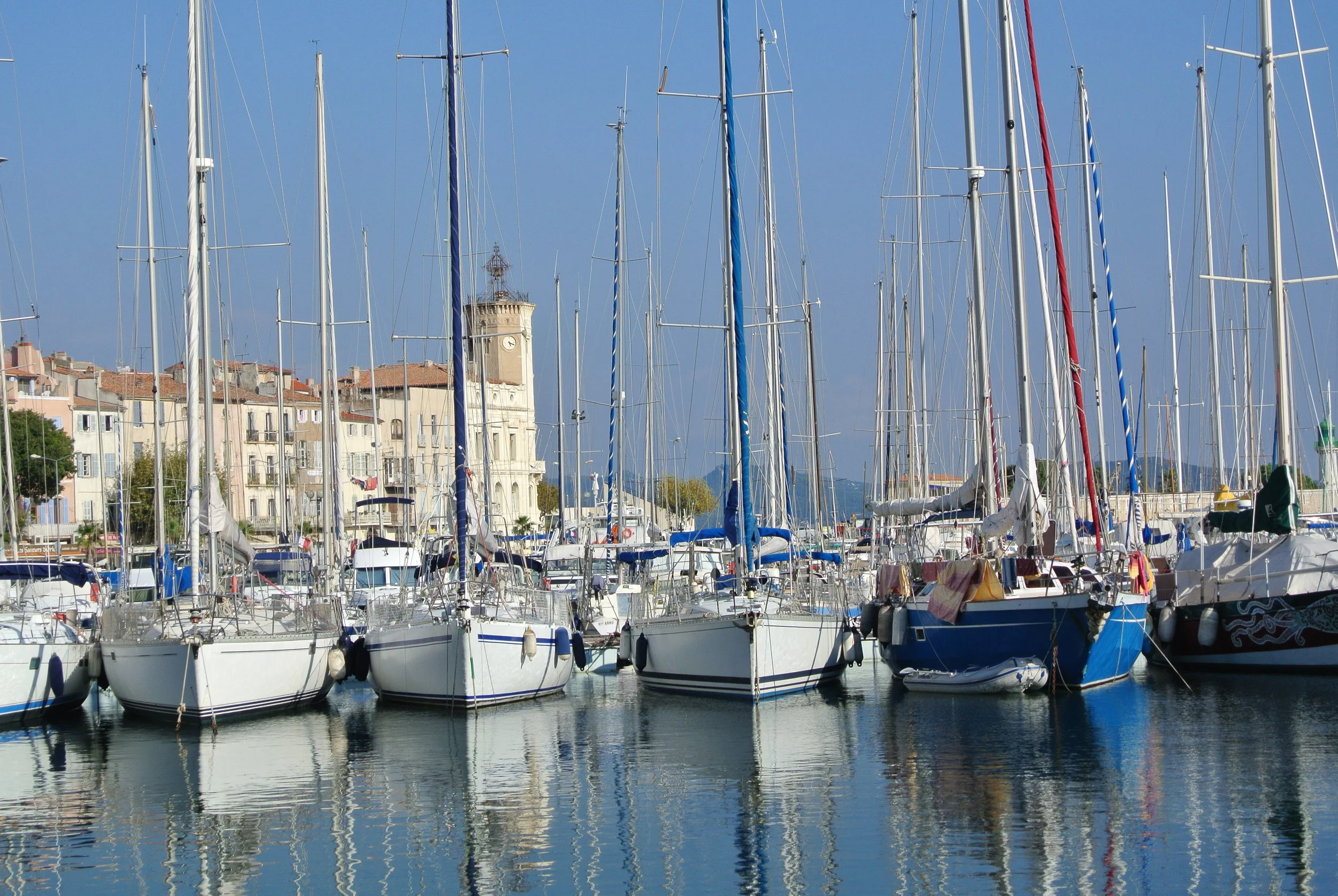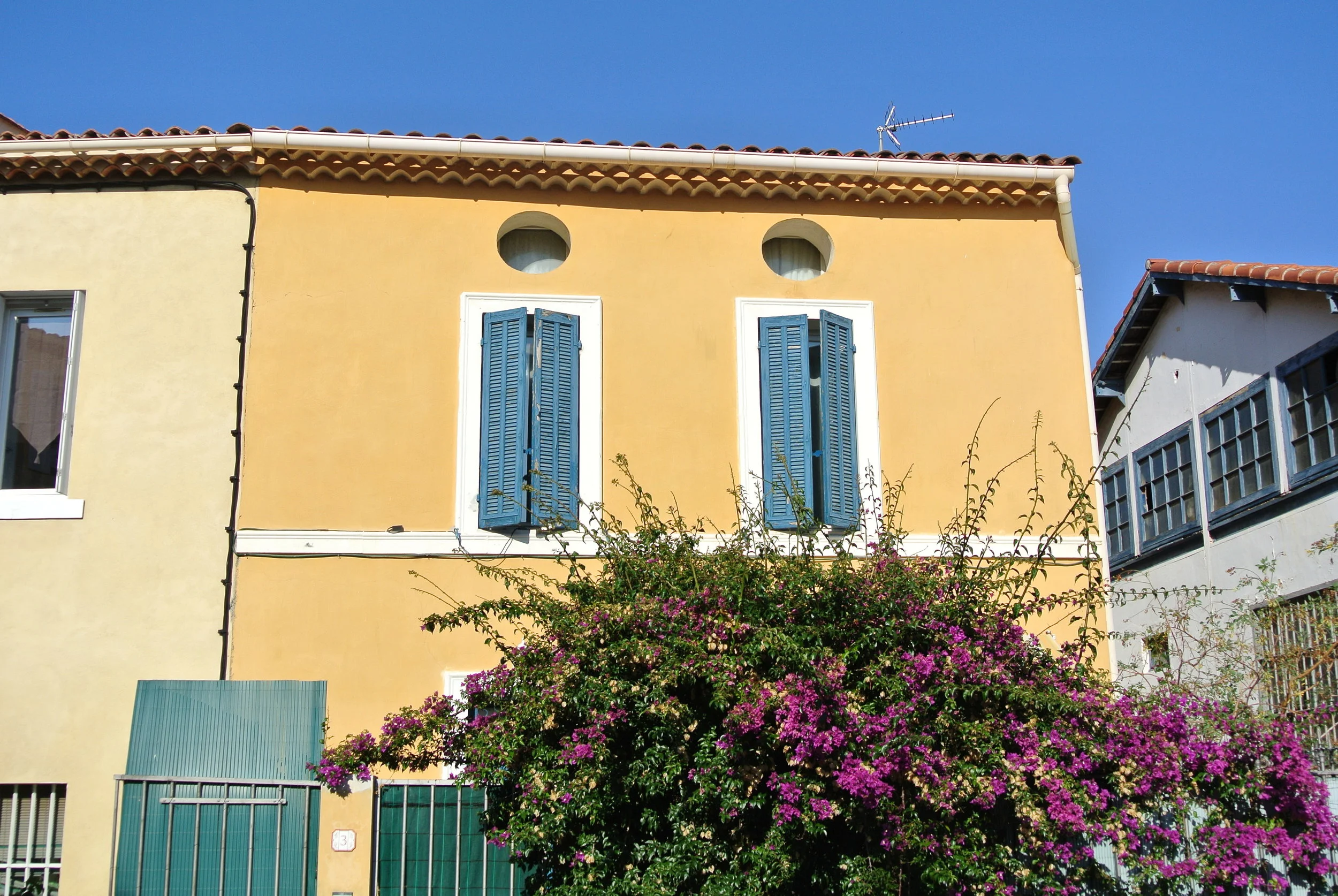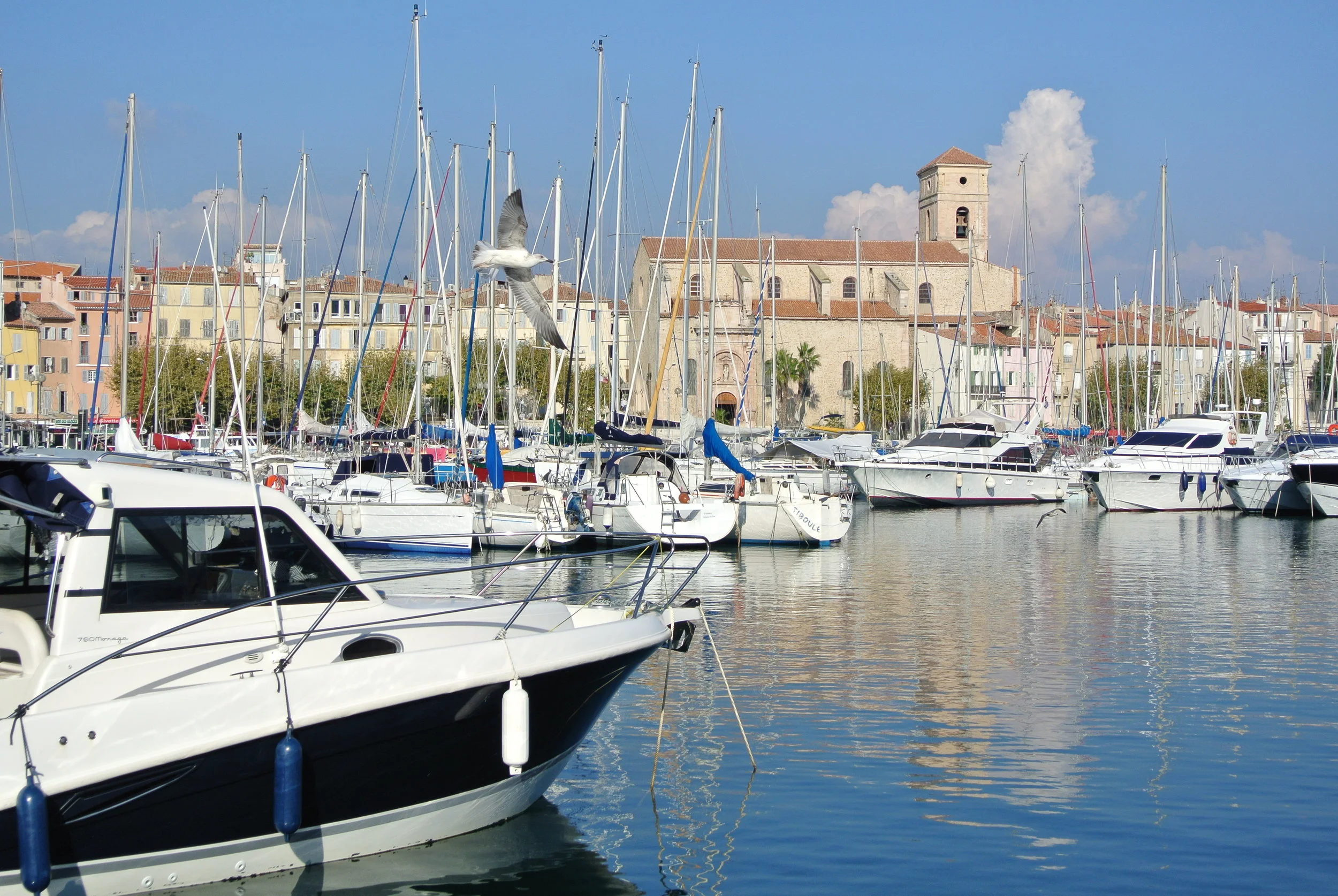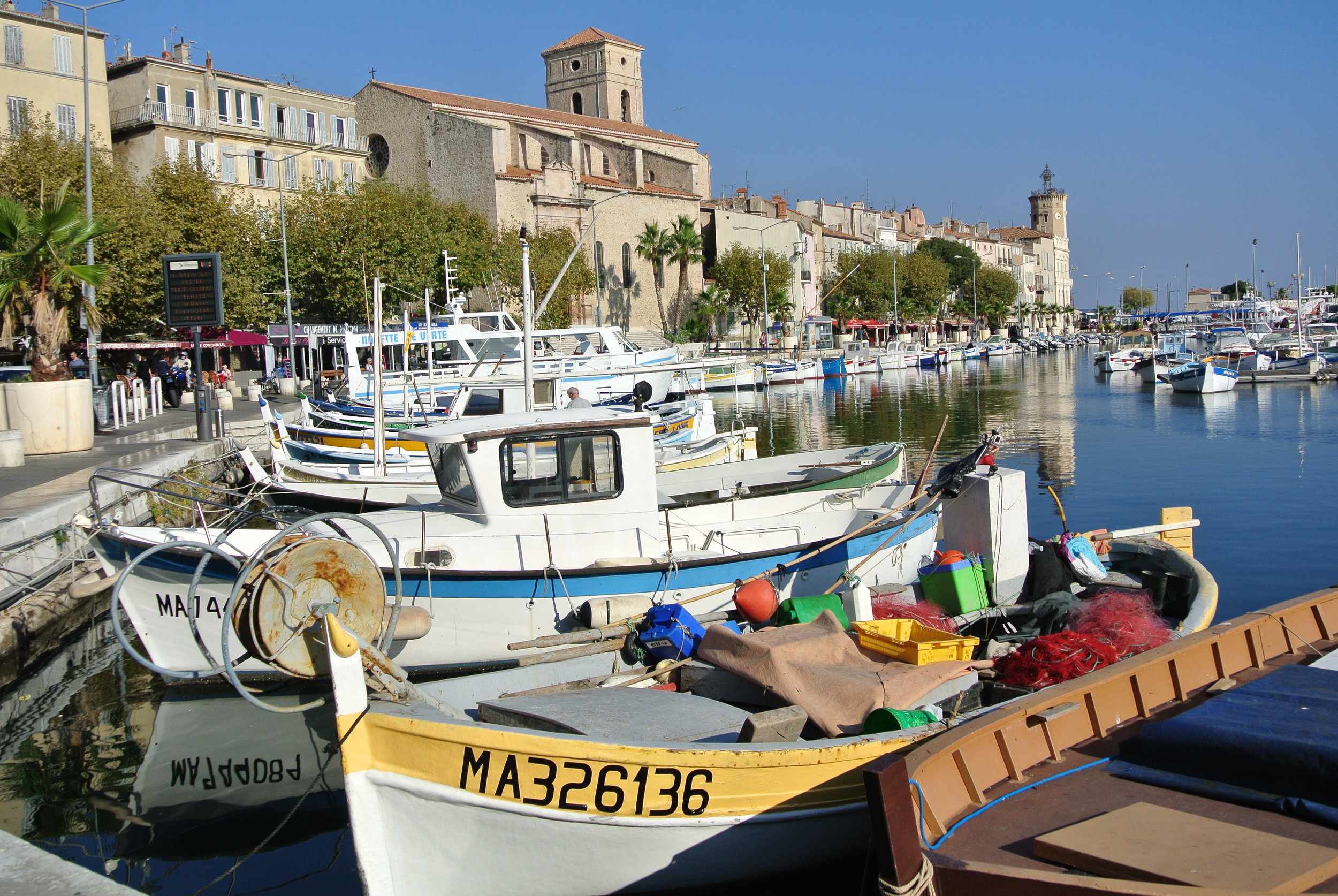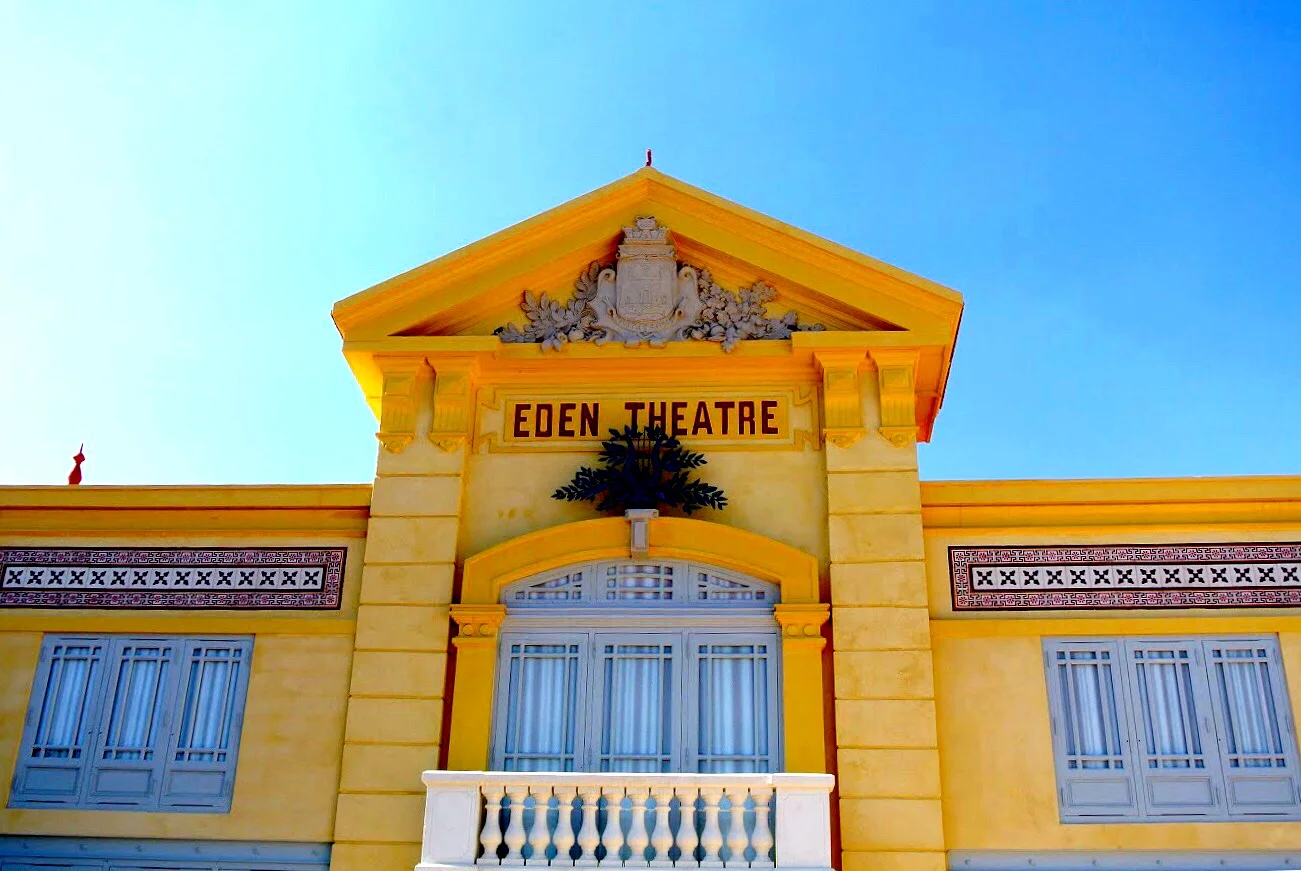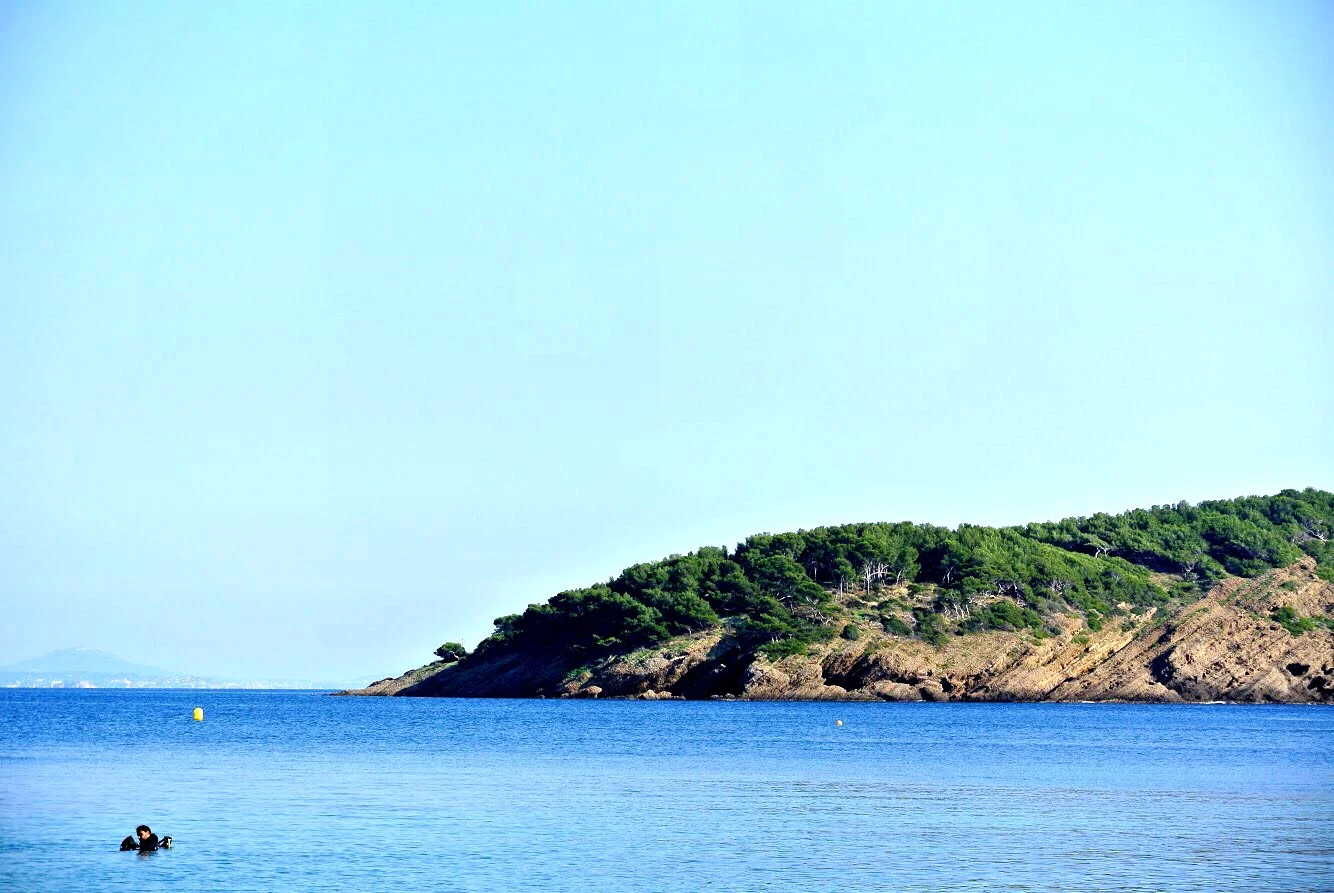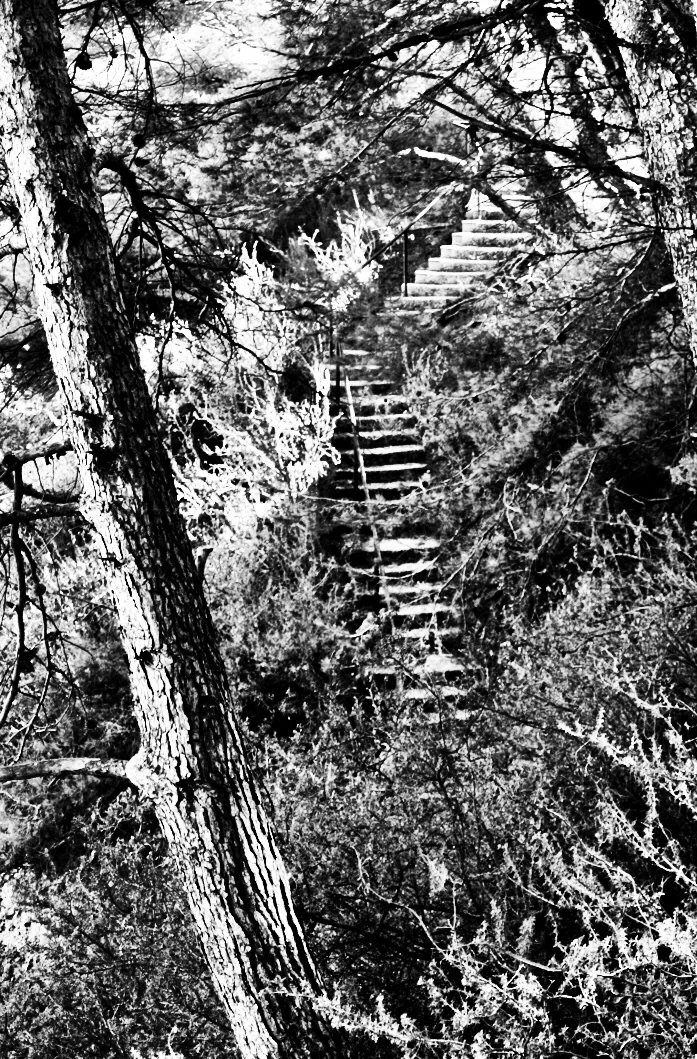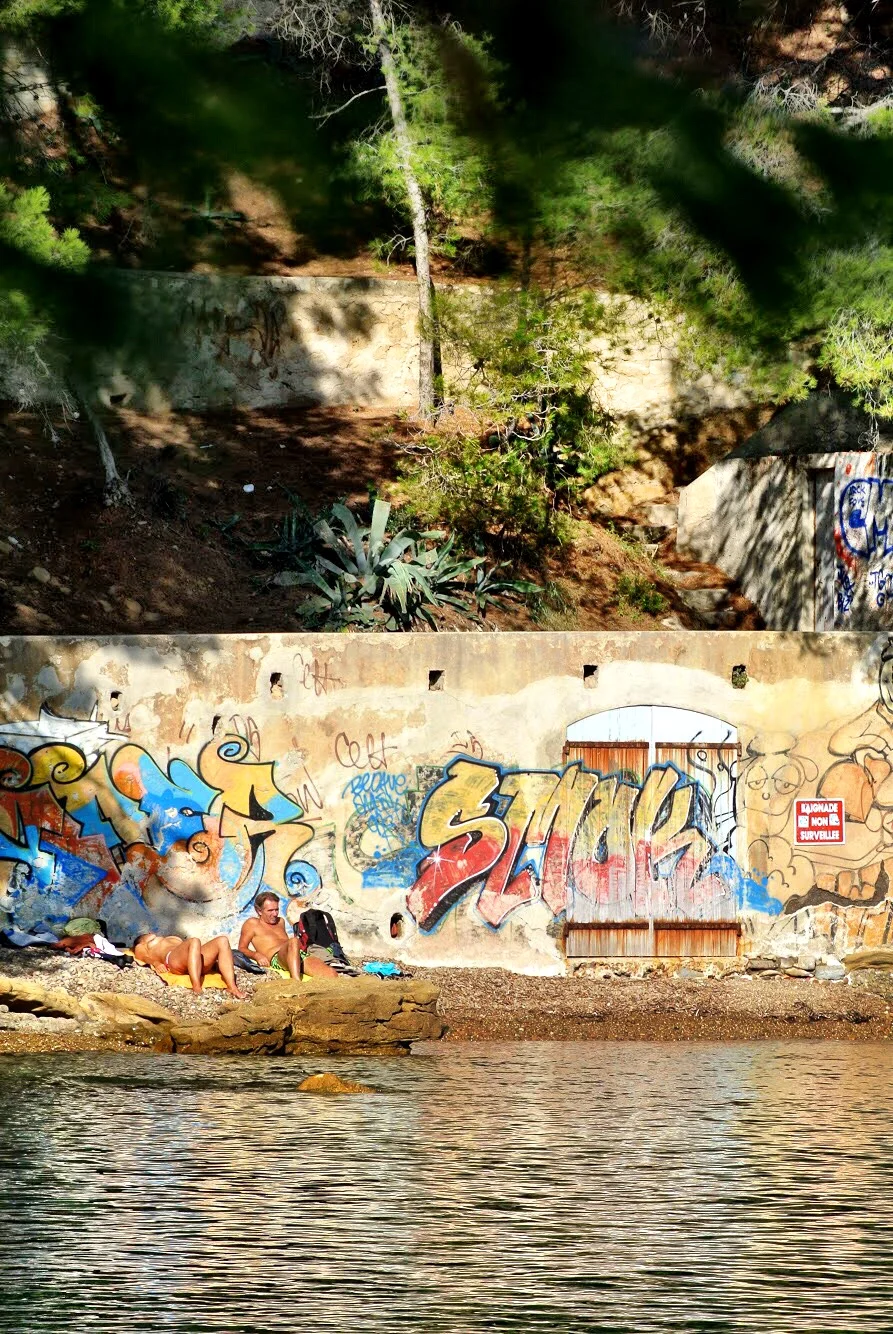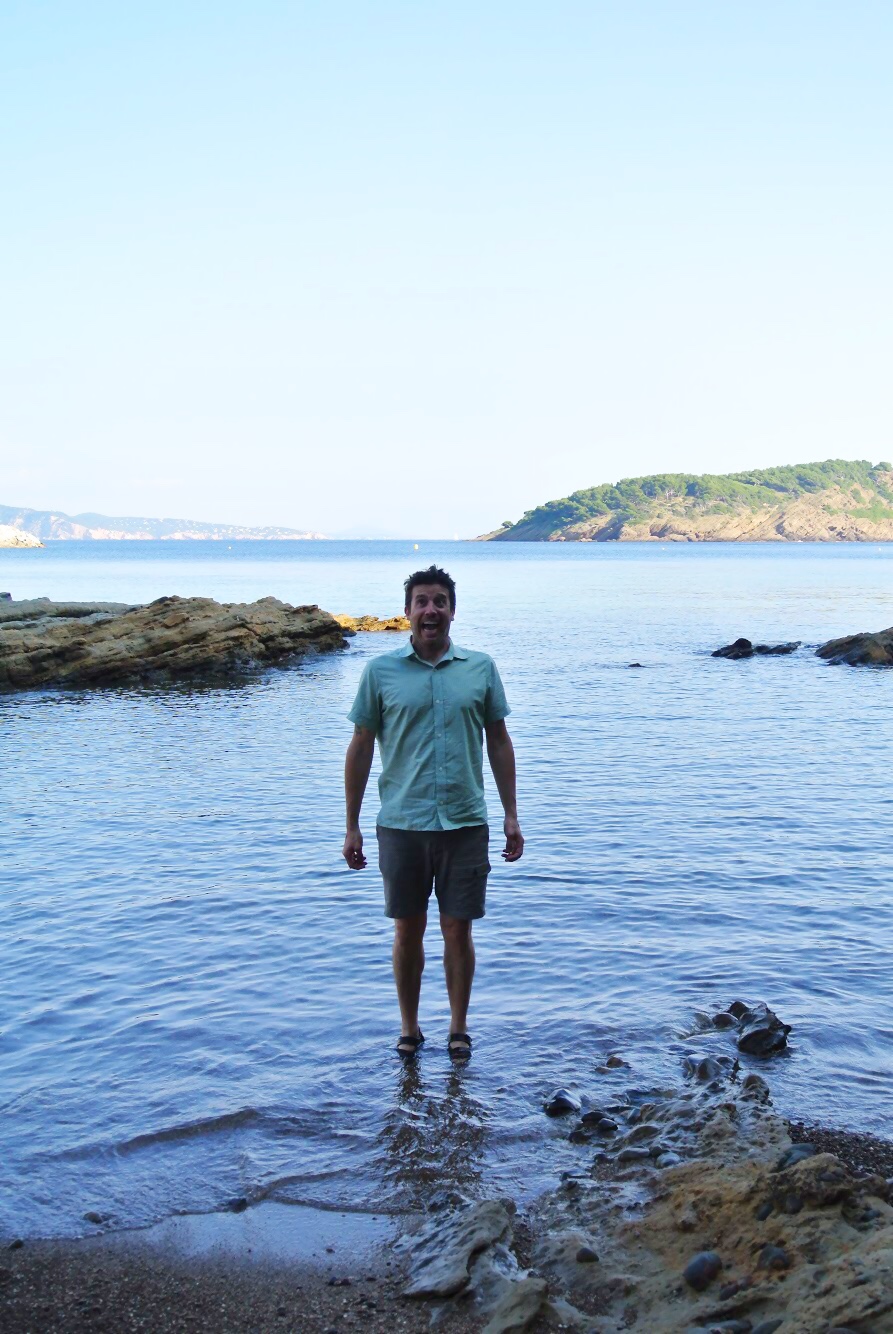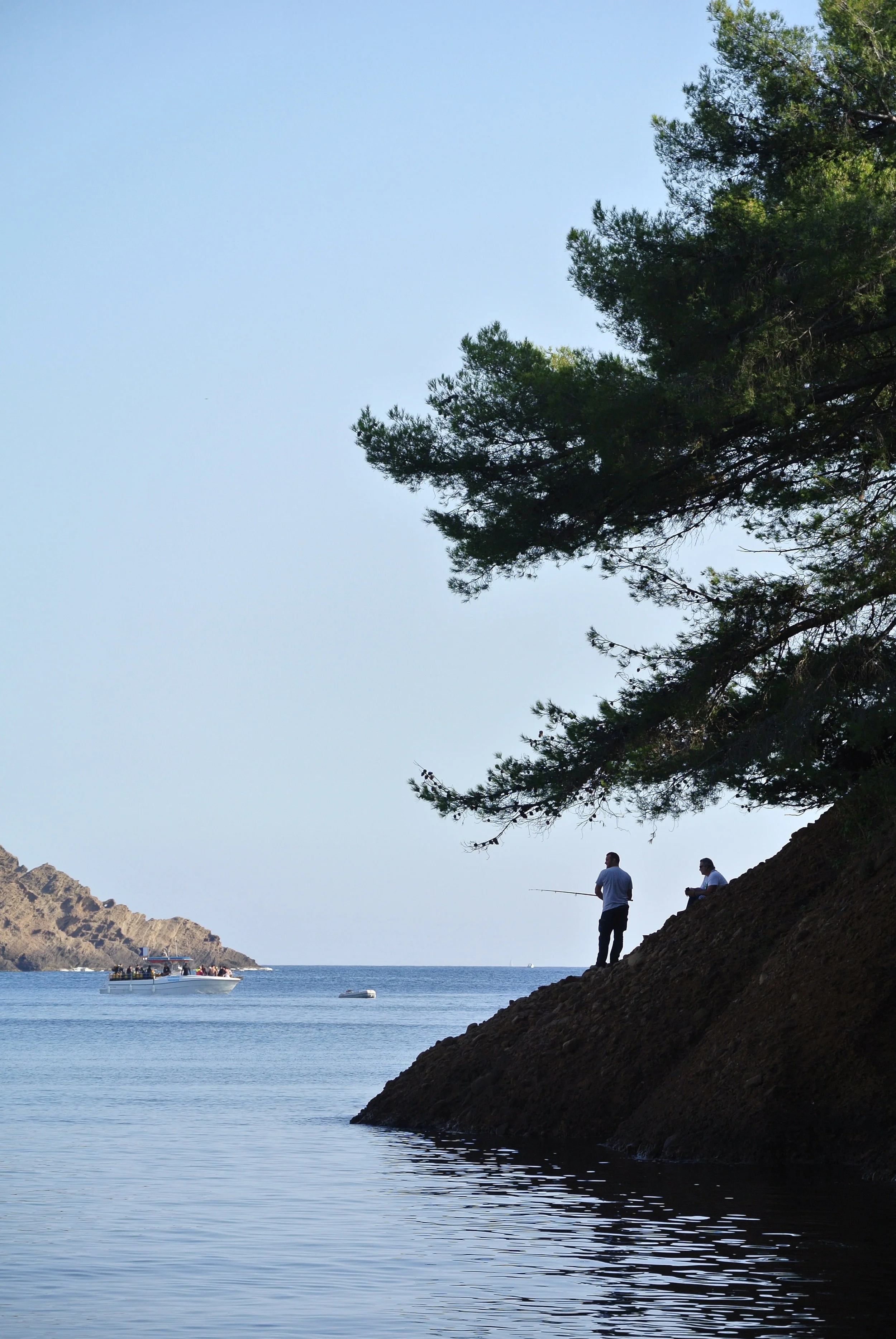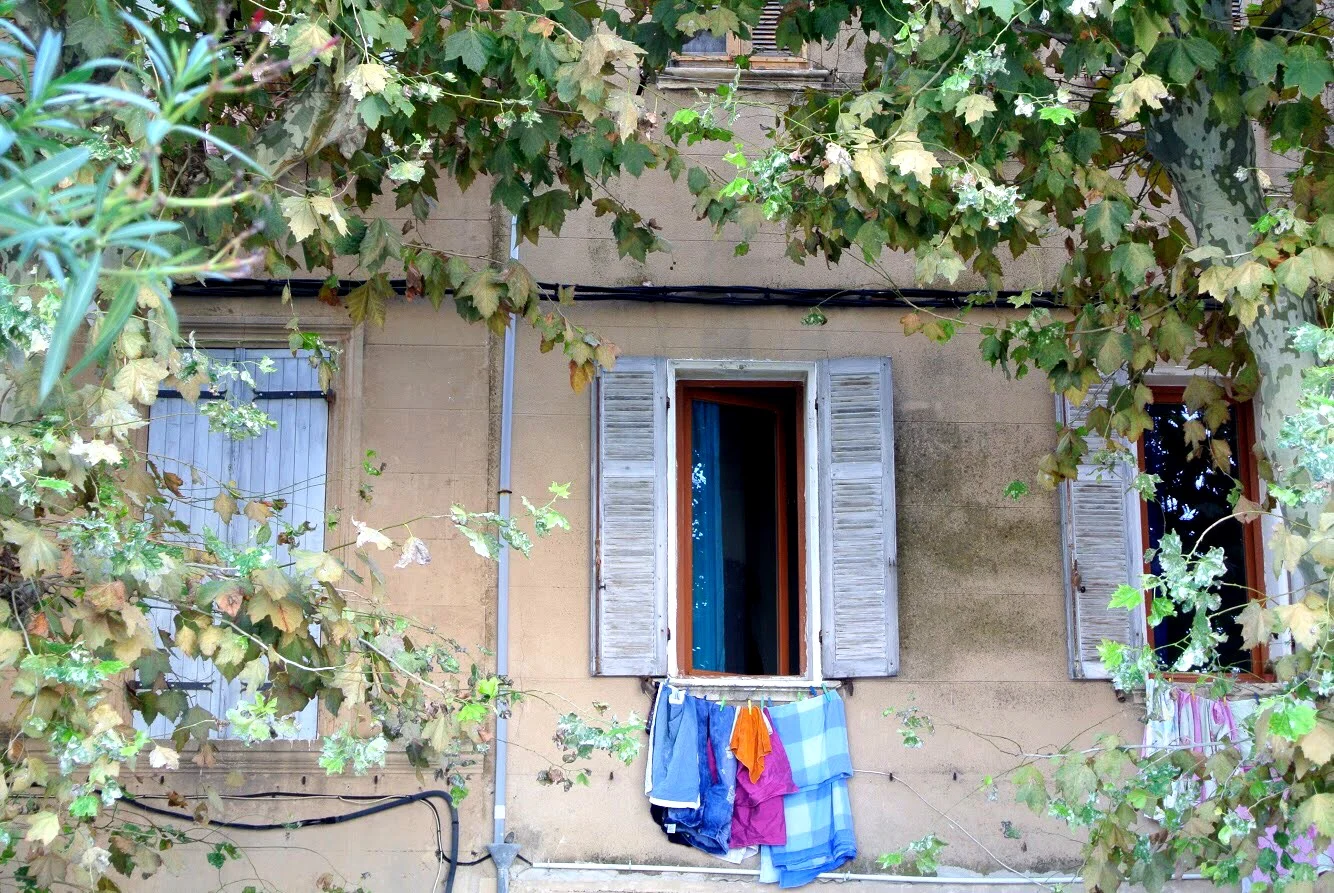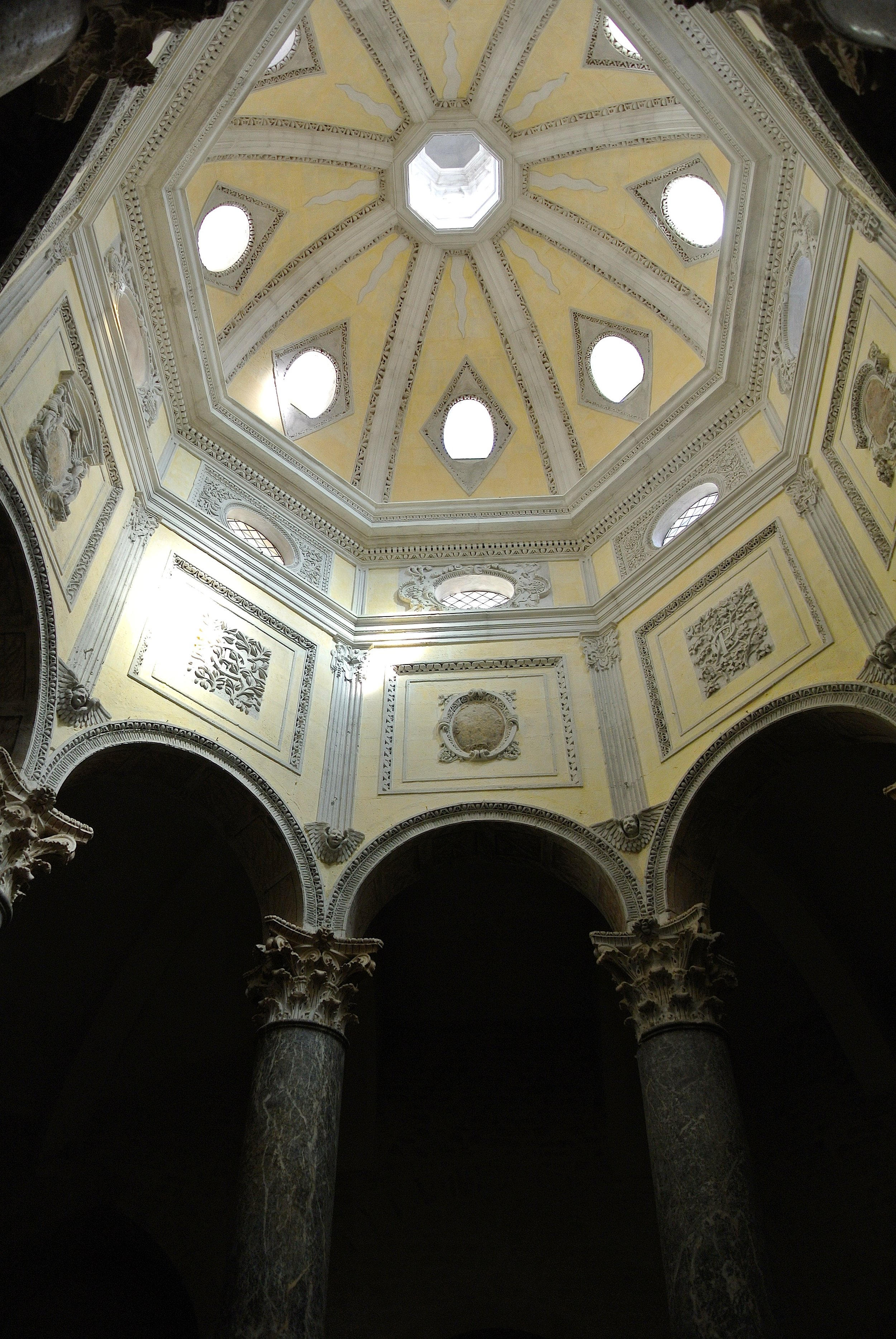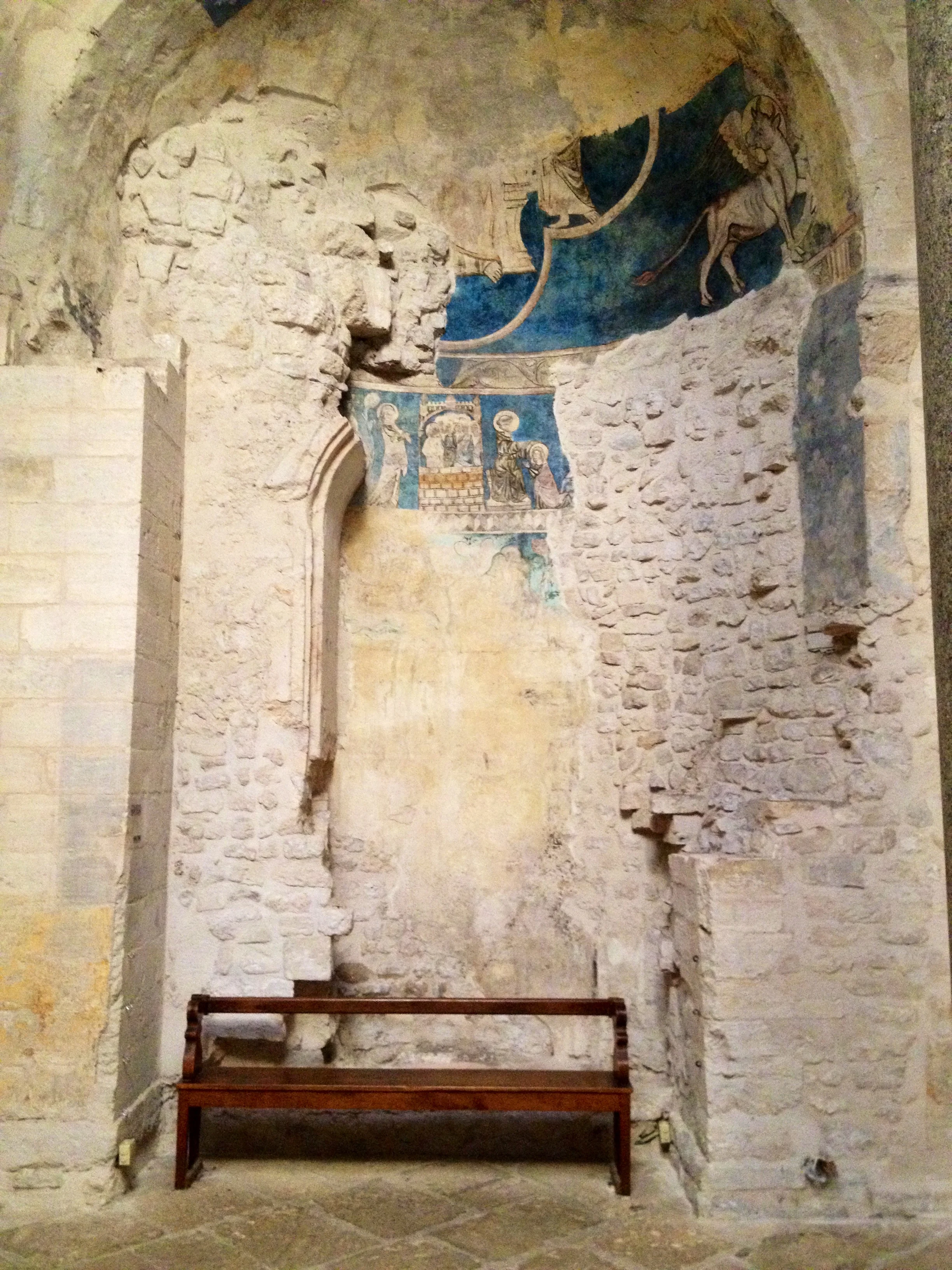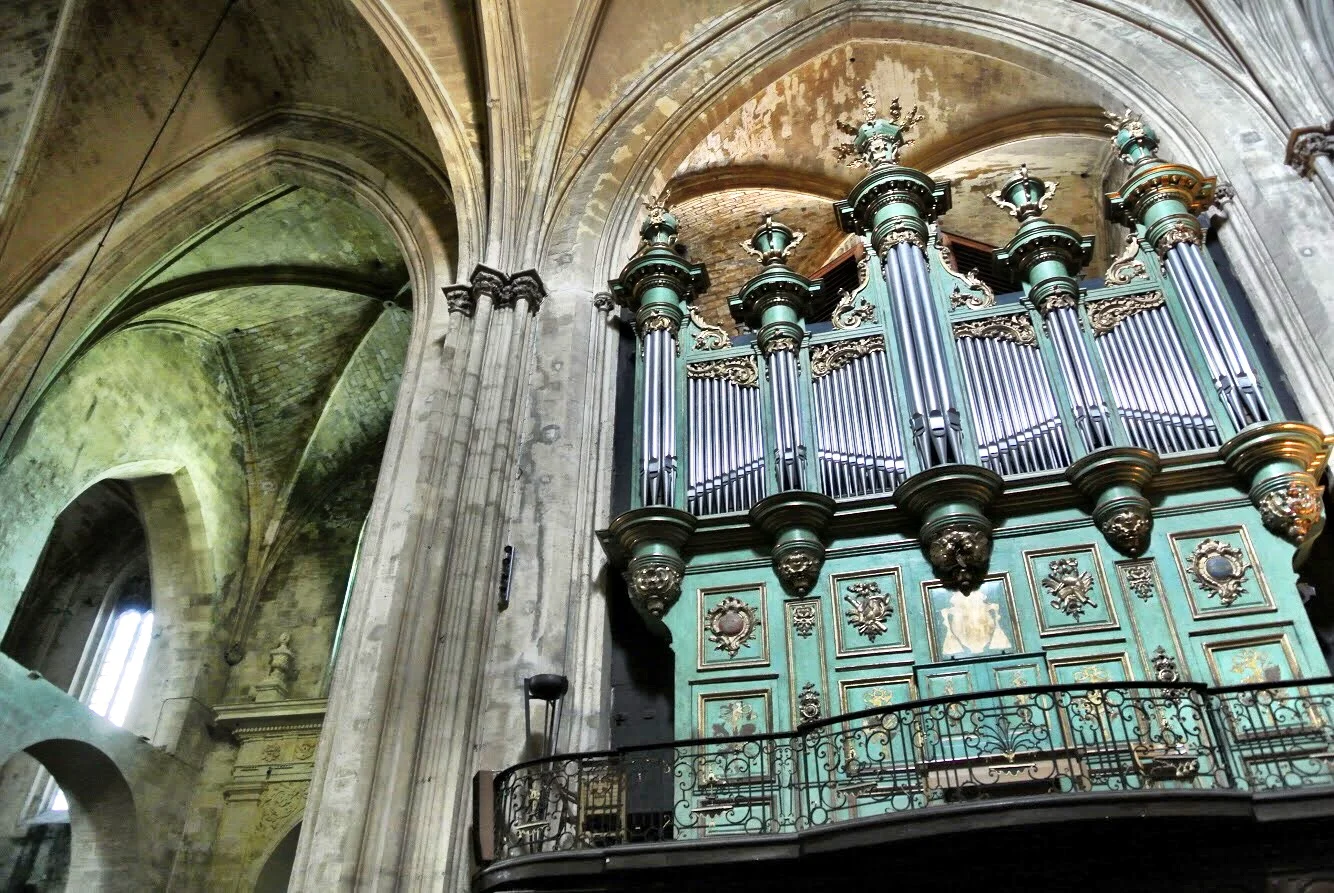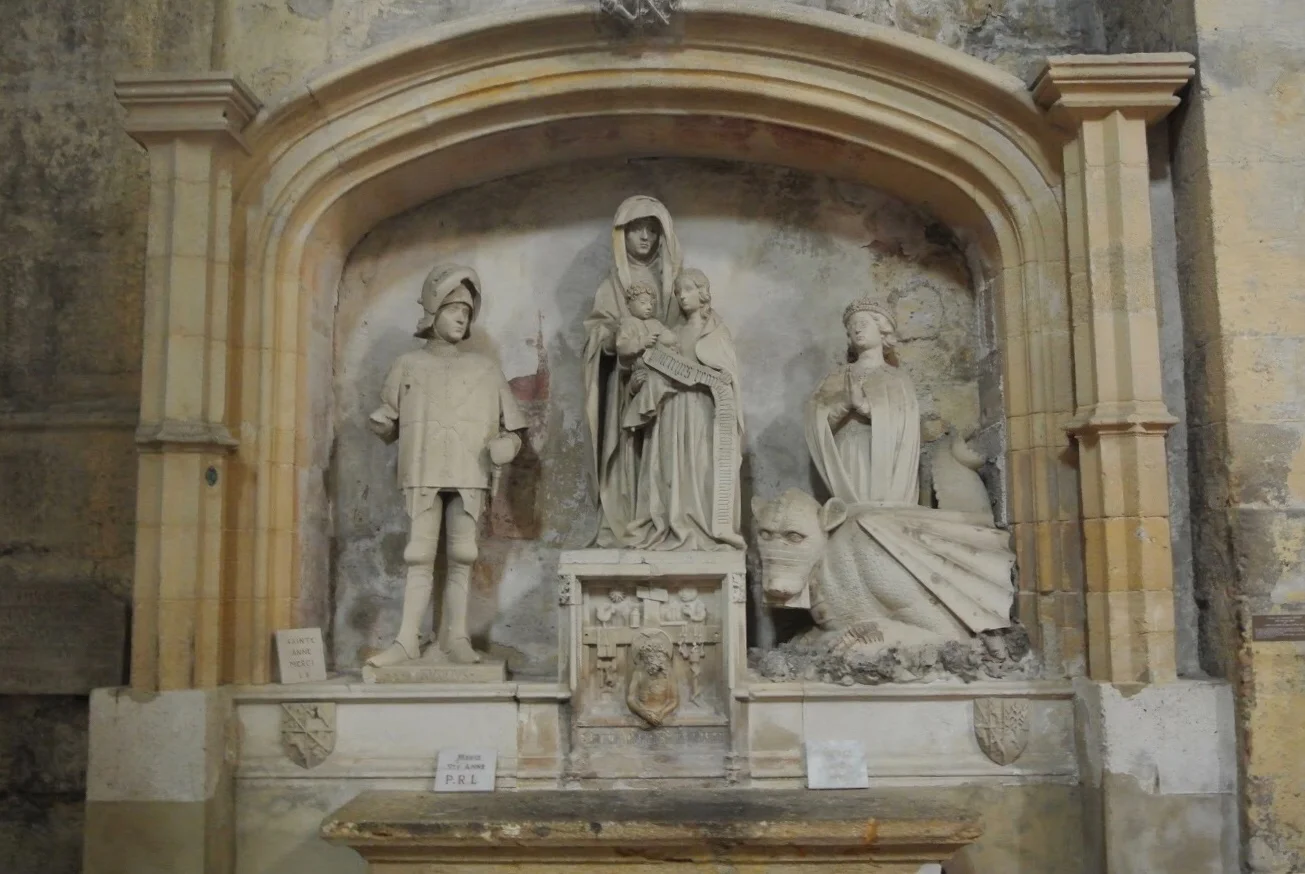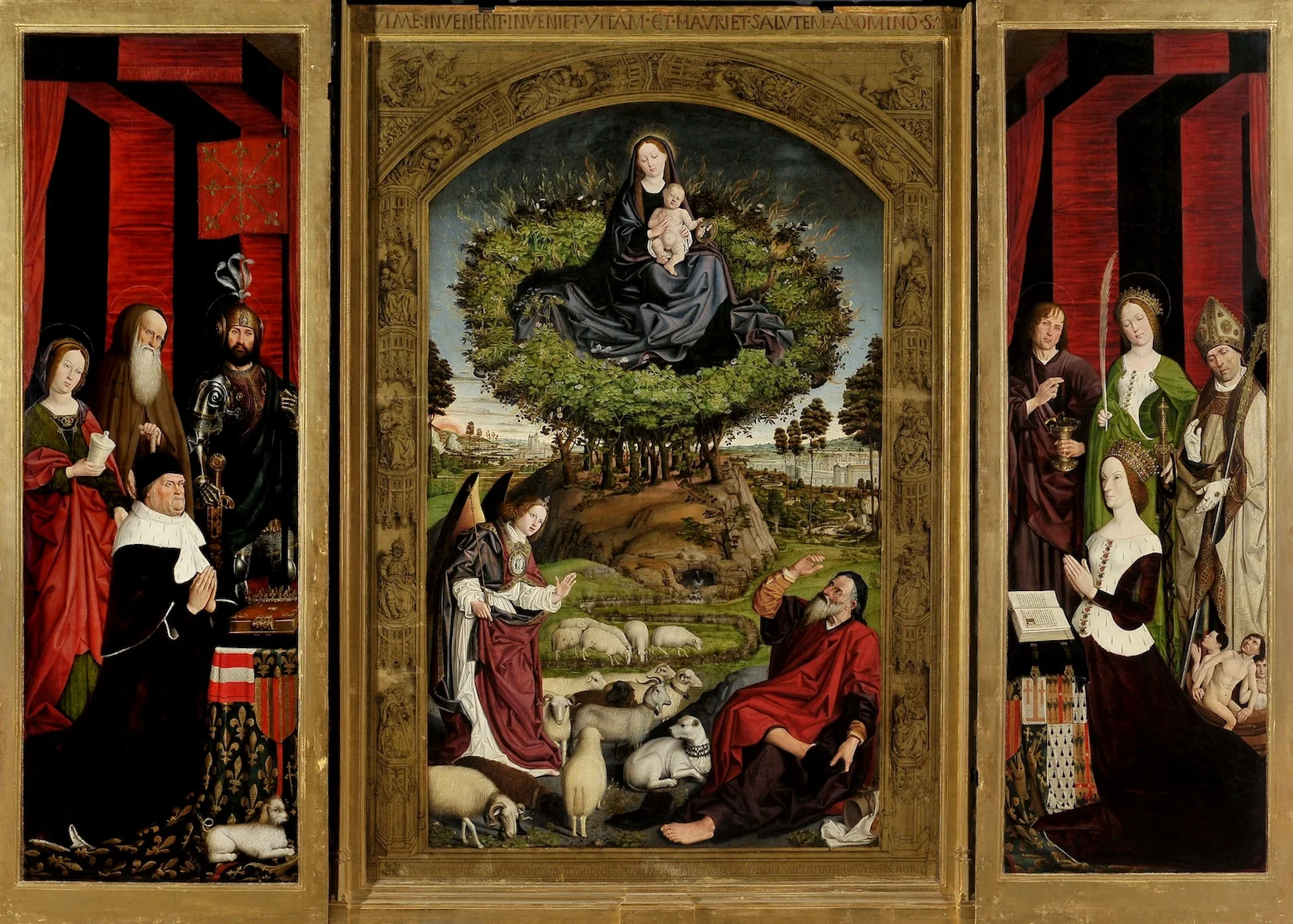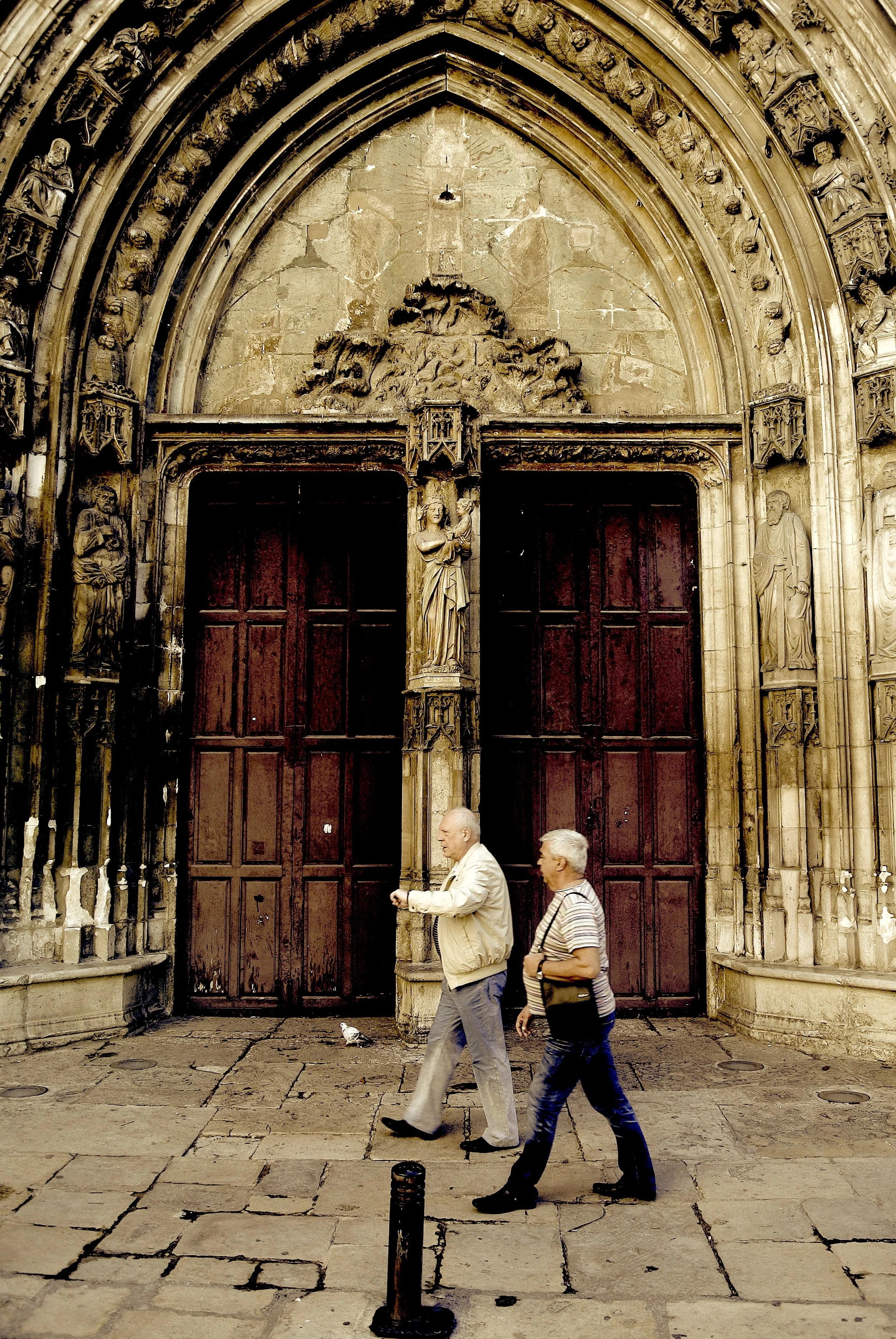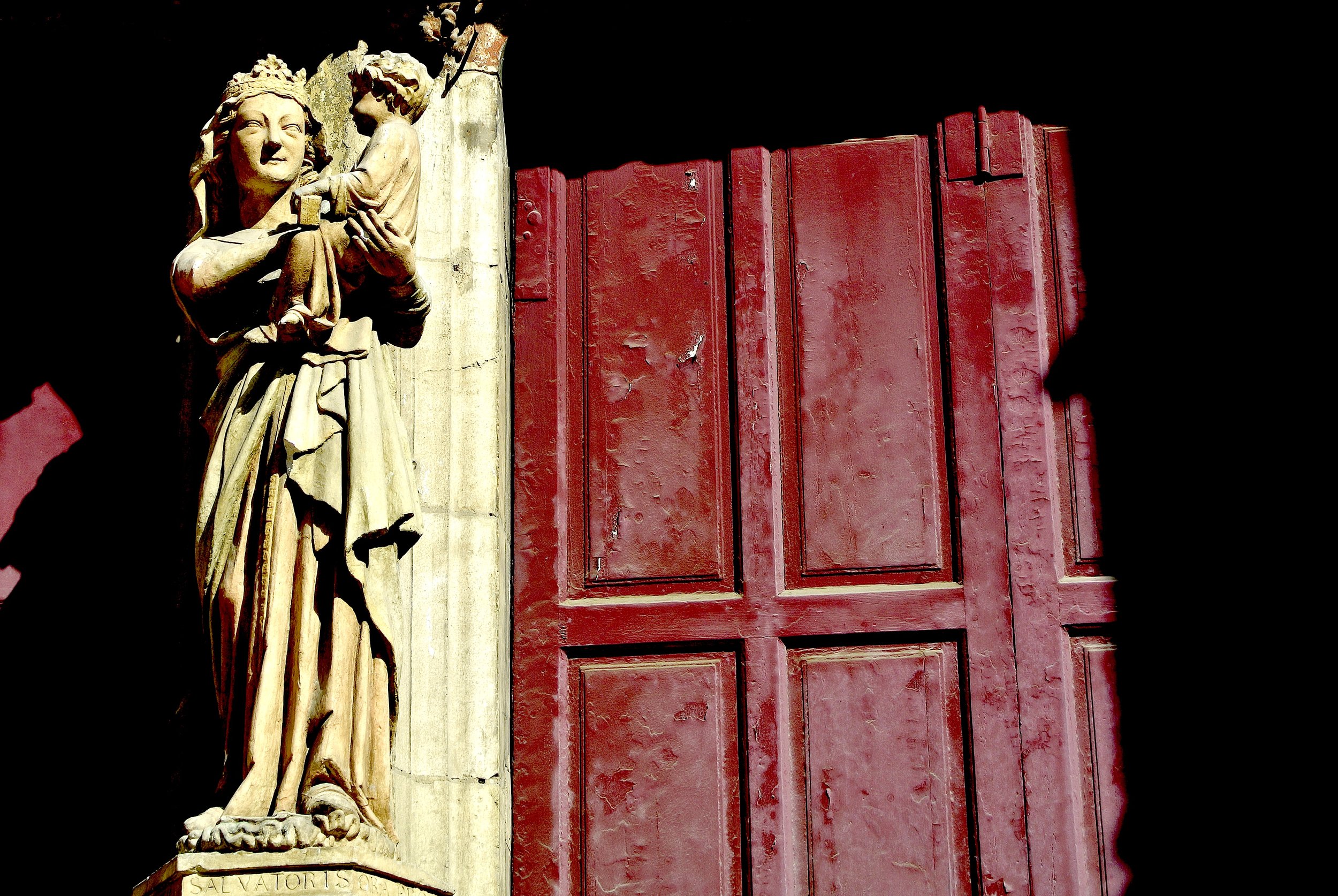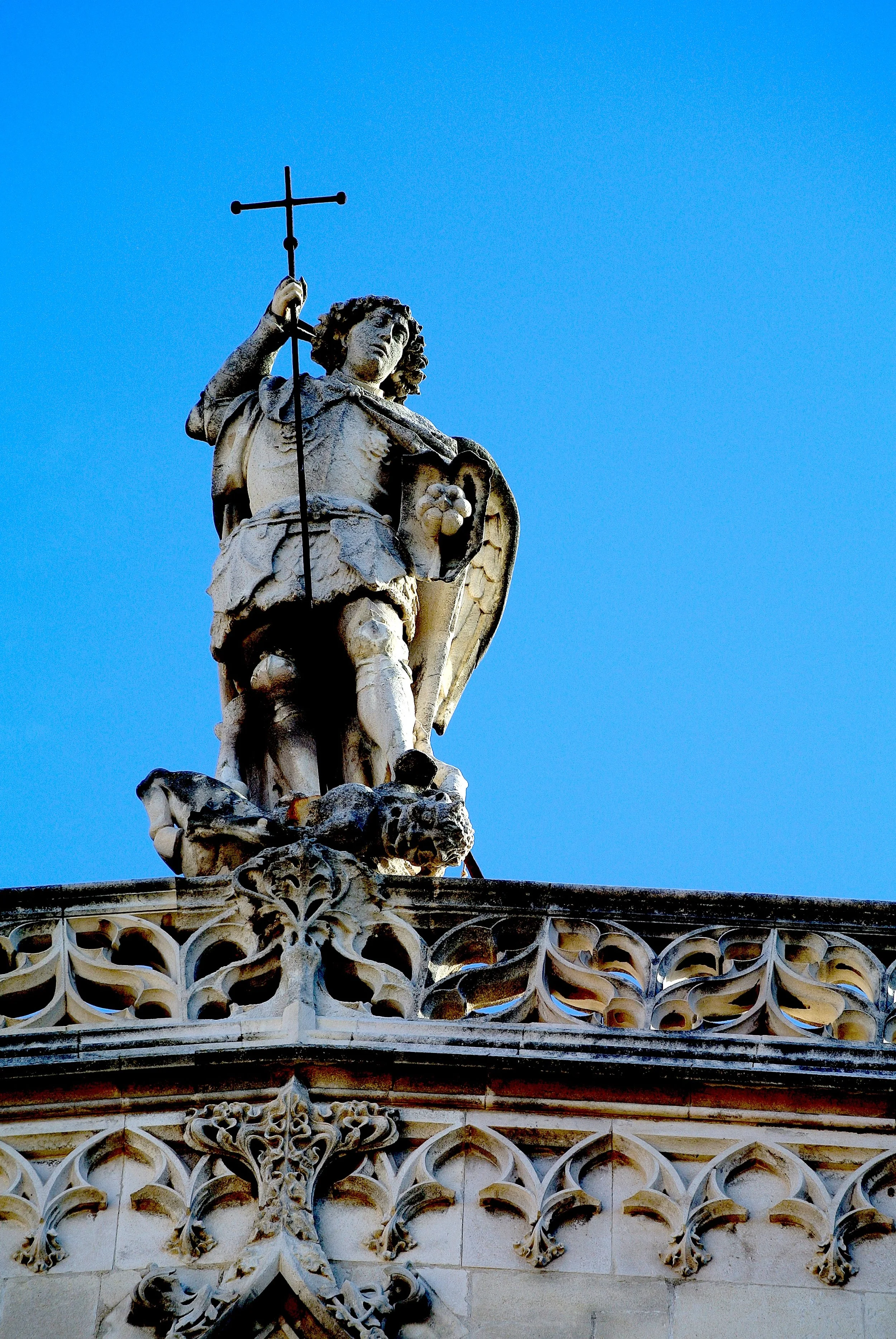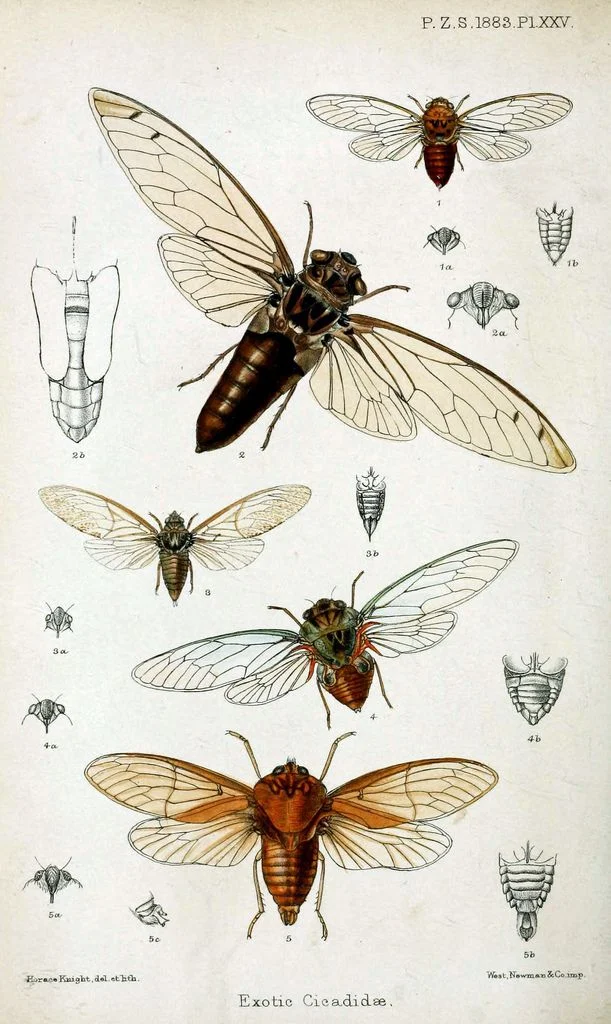There’s nothing sadder than a meal without cheese. Learn this and other sweet French food expressions and idioms. Just please don’t spit in the soup.
I’ve always loved expressions. They make language so much more colorful — and they can be cleverly tweaked into the most delightful, groan-inducing puns.
Plus it’s fun to think about where the strange expressions came from. How did some of these phrases originate? In English, we say something that’s easy is a piece of cake — though you can’t have your cake and eat it too. Maybe we should stick to taking candy from a baby. Why do we go bananas when we’re in a pickle?
There are just as many crazy idioms across the pond. Here are some French expressions that have to do with types of food: Eat your heart out — just don’t bite off more than you can chew!
“In Britain, someone who’s quiche is a hottie.
But in France, for some reason, this delicious meal is an insult.”
Oh purée! You don’t know these expressions? Don’t worry. The carrots aren’t cooked — there’s still time to learn them.
Vegetables
C’est la fin des haricots.
What it translates to: It’s the end of the beans.
What it means: There’s nothing left; that’s the end.
avoir un coeur d’artichaut
What it translates to: to have the heart of an artichoke
What it means: to be unfaithful; to be sensitive
C’est pas tes oignons.
What it translates to: It’s not your onions.
What it means: none of your beeswax; none of your business
raconter des salades
What it translates to: to tell salads
What it means: to tell lies
Oh purée !
What it translates to: Oh, mashed potatoes!
What it means: Darn it!
faire une frite
What it translates to: to make a french fry
What it means: to slap someone on the butt
Les carottes sont cuites.
What it translates to: The carrots are cooked
What it means: What’s done is done; it’s too late.
mettre du beurre dans les épinards
What it translates to: to put butter in the spinach
What it means: to improve your finances; to earn a bit more
être dans les choux
What it translates to: to be in the cabbage
What it means: to be in a bad situation; to fail
poireauter
What it translates to: to “leek”
What it means: to wait a long time
C’est un navet !
What it translates to: It’s a turnip!
What it means: It’s a terrible movie.
I’m gonna bring my strawberry and tell you what I think: These French food expressions are just peachy!
Fruit
avoir la pêche
What it translates to: to have the peach
What it means: to be full of energy, enthusiastic
ramener sa fraise
What it translates to: to bring one’s strawberry
What it means: to give your opinion
haut comme trois pommes
What it translates to: as high as three apples
What it means: to be short, small
tomber dans les pommes
What it translates to: to fall into the apples
What it means: to faint
rouge comme une tomate
What it translates to: to be as red as a tomato
What it means: to be embarrassed
couper la poire en deux
What it translates to: to cut the pear in half
What it means: to split the bill; to reach a compromise
avoir le melon; prendre le melon
What it translates to: to have the melon; to take the melon
What it means: to be sure of oneself, to be cocky
If you’re going to make a whole cheese about it and be milk soup, well, you can go cook an egg!
Dairy
avoir le beurre et l'argent du beurre
What it translates to: to have the butter and the money to buy butter
What it means: to have your cake and eat it too
beurré
What it translates to: buttered
What it means: wasted, drunk
ne pas avoir inventé le fil à couper le beurre
What it translates to: to not have invented the thread that cuts the butter
What it means: to be dumb, not the brightest
en faire tout un fromage
What it translates to: to make a whole cheese about it
What it means: to make a mountain out of a molehill, to unnecessarily make a big deal out of something
triste comme un repas sans fromage
What it translates to: sad like a meal without cheese
What it means: very sad
être soupe au lait
What it translates to: to be milk soup
What it means: to be quick-tempered
Va te faire cuire un œuf !
What it translates to: Go cook yourself an egg!
What it means: Get lost; leave me alone!
changer de crémerie
What it translates to: to change creameries
What it means: to take your business elsewhere
The French love their baguettes, so it’s not surprising there are a few expressions having to do with bread.
Bread
avoir du pain sur la planche
What it translates to: to have bread on the board
What it means: to have a lot to do
pour une bouchée de pain
What it translates to: for a mouthful of bread
What it means: for a small amount, cheaply
Ça ne mange pas de pain.
What it translates to: This doesn’t eat bread.
What it means: It couldn’t hurt.
rouler dans la farine
What it translates to: to roll in the flour
What it means: to swindle
In Britain, someone who’s quiche is a hottie. But in France, for some reason, this delicious meal is an insult.
Meals
cracher dans la soupe
What it translates to: to spit in the soup
What it means: to be ungrateful, to bite the hand that feeds you
une quiche
What it translates to: a quiche
What it means: someone who is bad at something
avoir le cul bordé de nouilles
What it translates to: to have an ass surrounded by noodles
What it means: to be lucky
Personally, I think these expressions really cut the mustard.
Toppings and Condiments
à quelle sauce on va être mangé
What it translates to: in what sauce we’re going to be eaten
What it means: I don’t know how this’ll pan out; things don’t look good.
La moutarde me monte au nez.
What it translates to: I have mustard coming up my nose.
What it means: I’m annoyed; I’m angry.
tourner au vinaigre
What it translates to: to turn to vinegar
What it means: to go bad
Watering down wine is never a good thing.
Drinks
mettre de l’eau dans son vin
What it translates to: to put water in their wine
What it means: to tone it down
Here are a couple of dessert-themed expressions that really aren’t too sweet.
Sweets
casser du sucre sur le dos de quelqu’un
What it translates to: to break sugar on someone’s back
What it means: to badmouth someone; to talk about someone behind their back
Ce n’est pas de la tarte.
What it translates to: It’s not tarte.
What it means: It’s not going to be easy.
Hope you find these expressions delectable! Go ahead — talk with your mouth full. –Wally
MORE FRENCH LESSONS!
Why is having the cockroach being depressed? What does it mean when you say a drink is cat pee? Learn these and more beastly fun French expressions!

